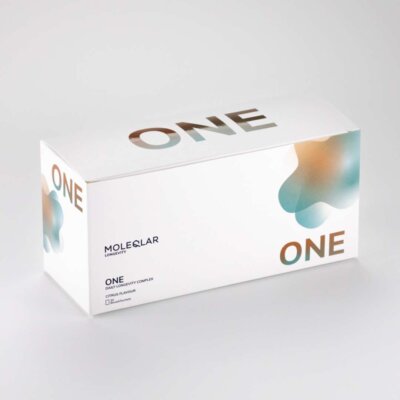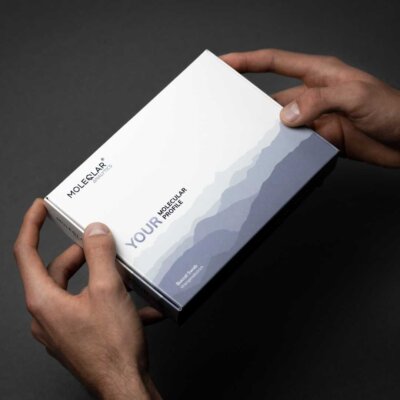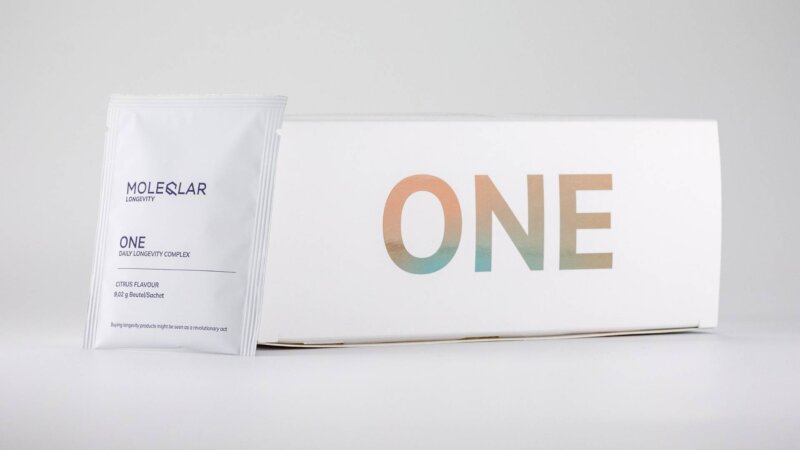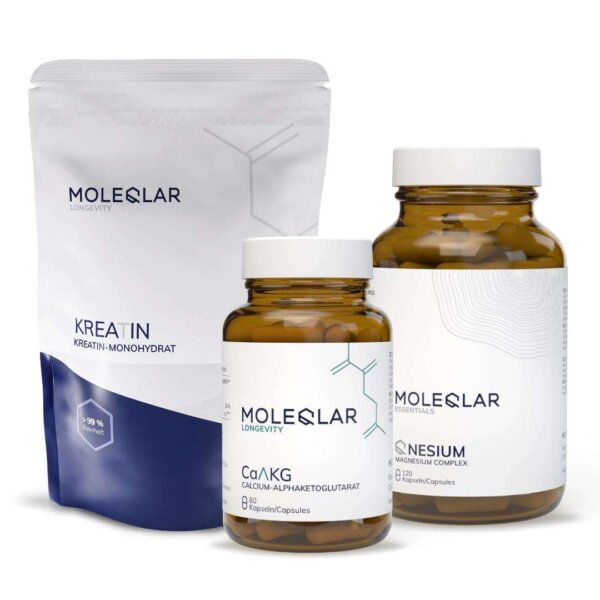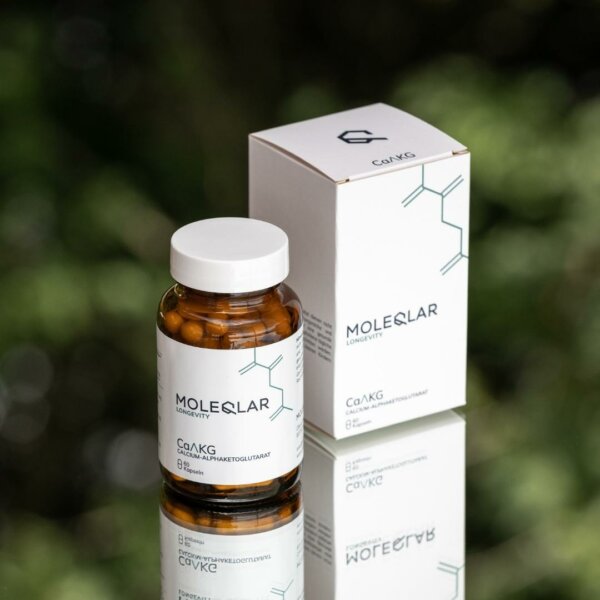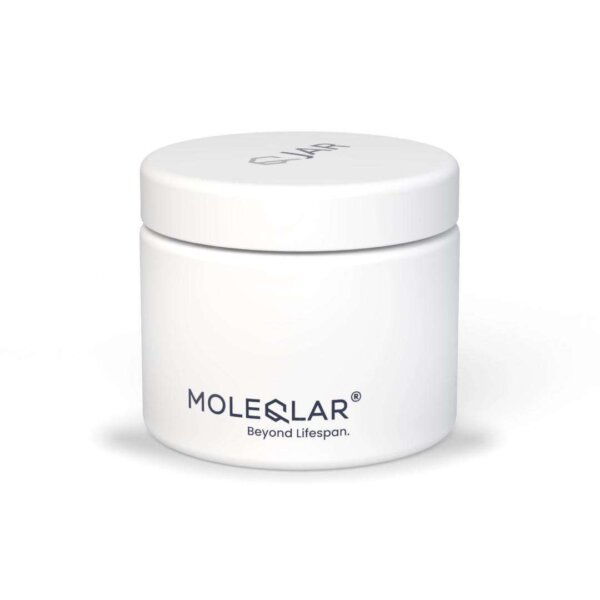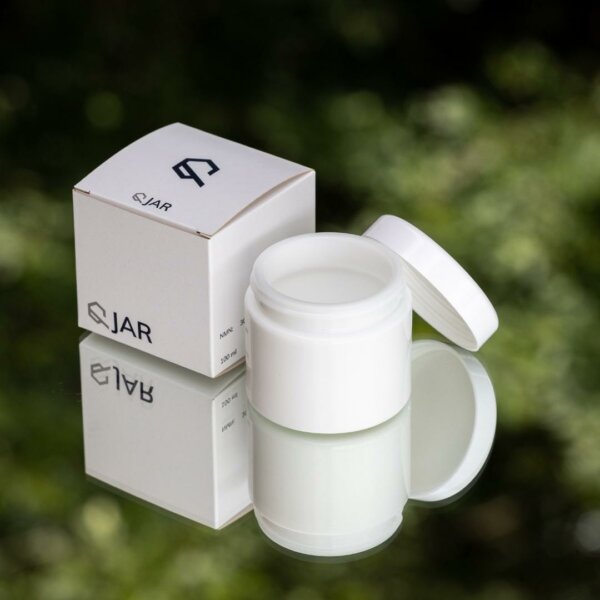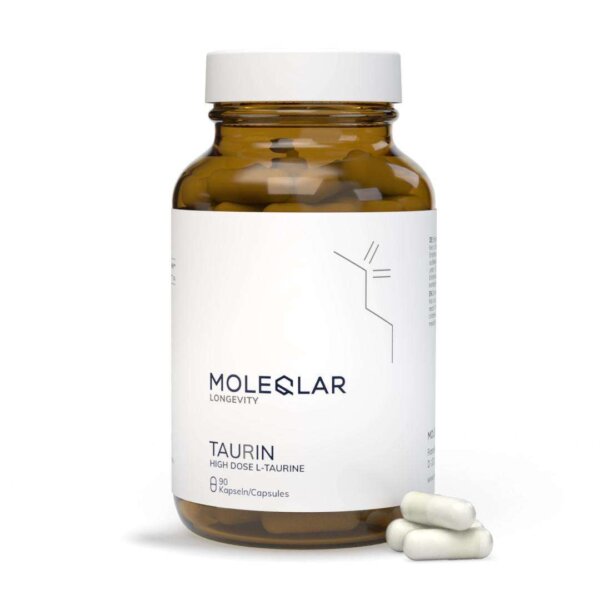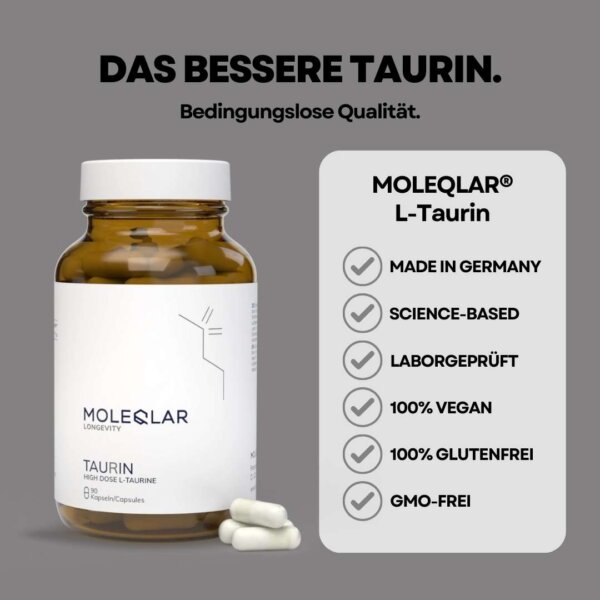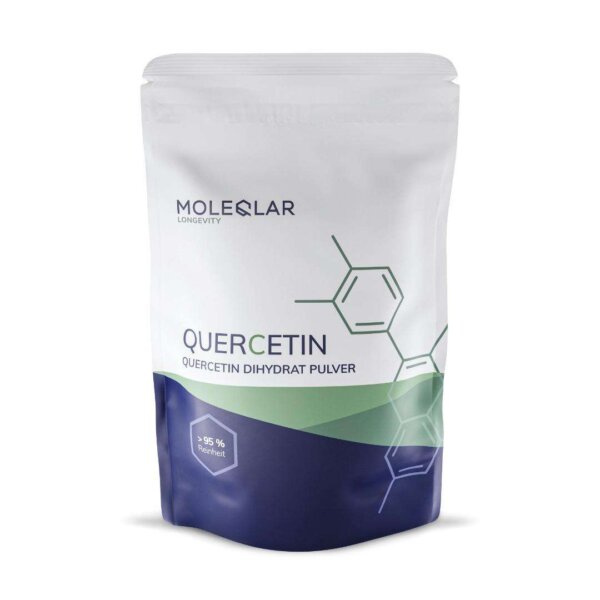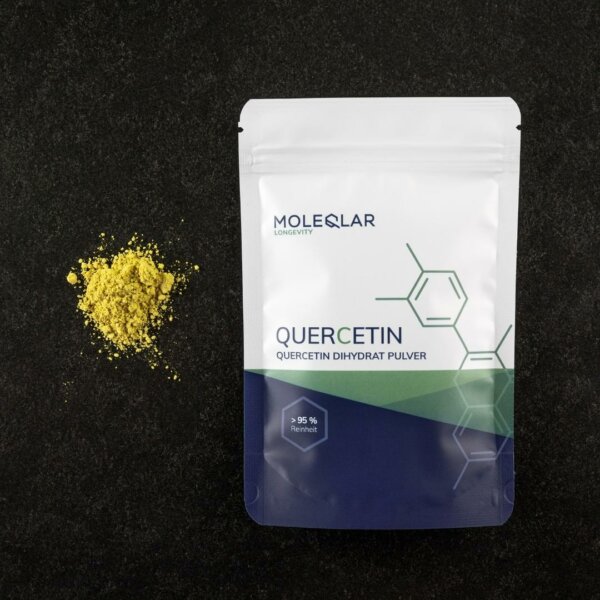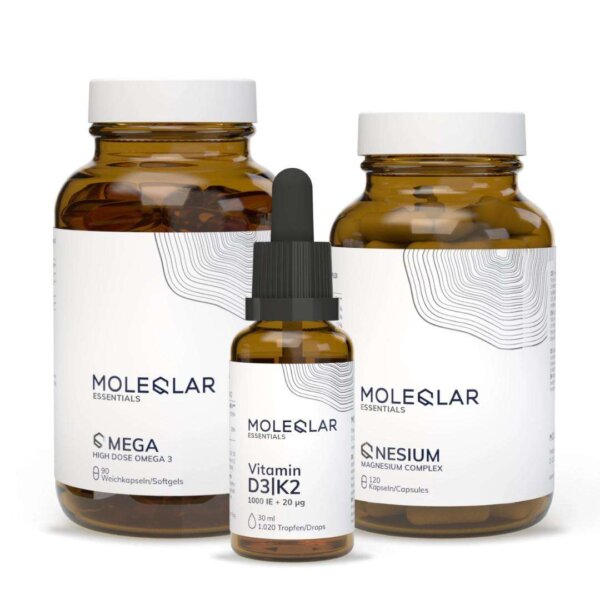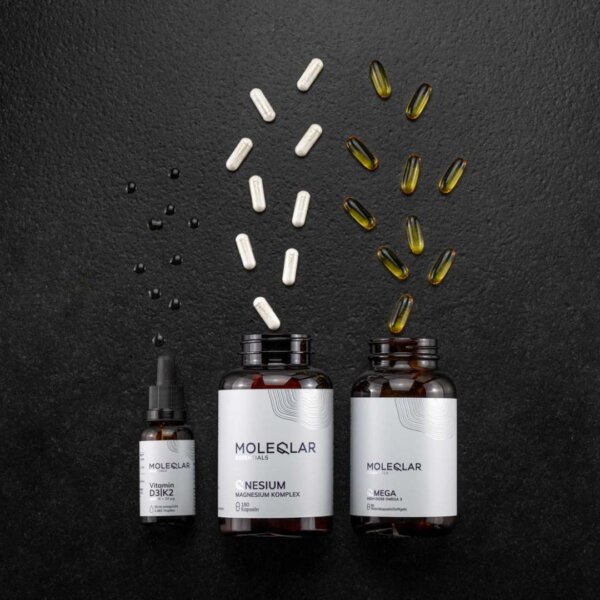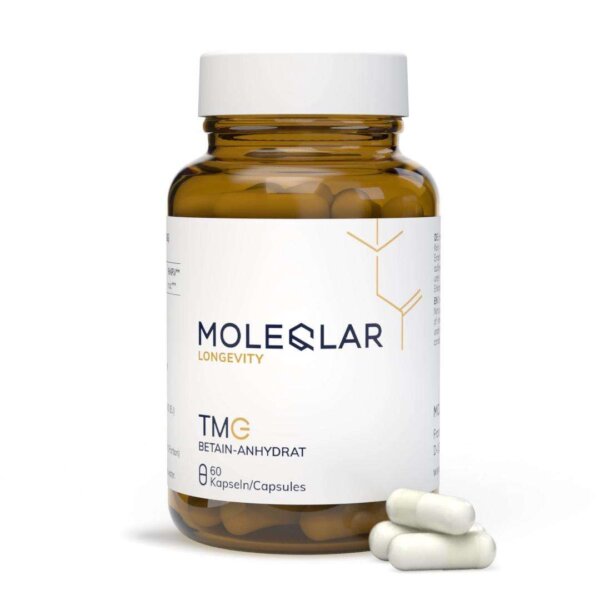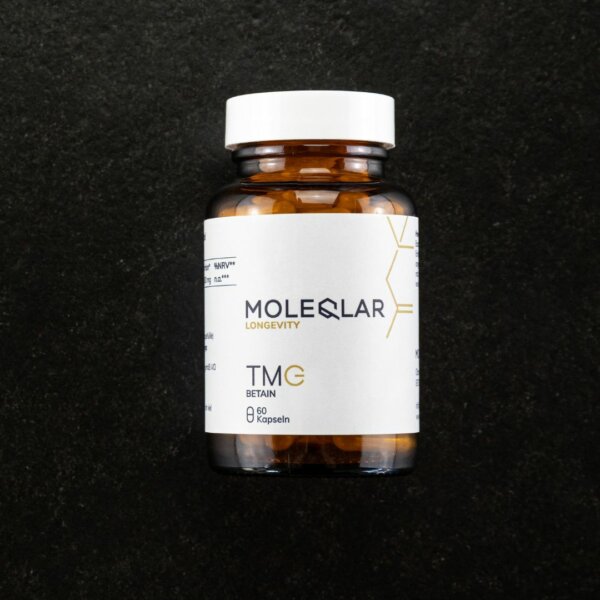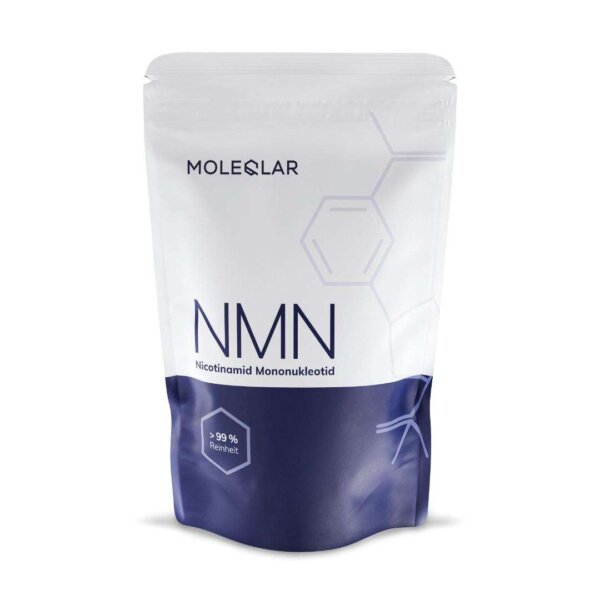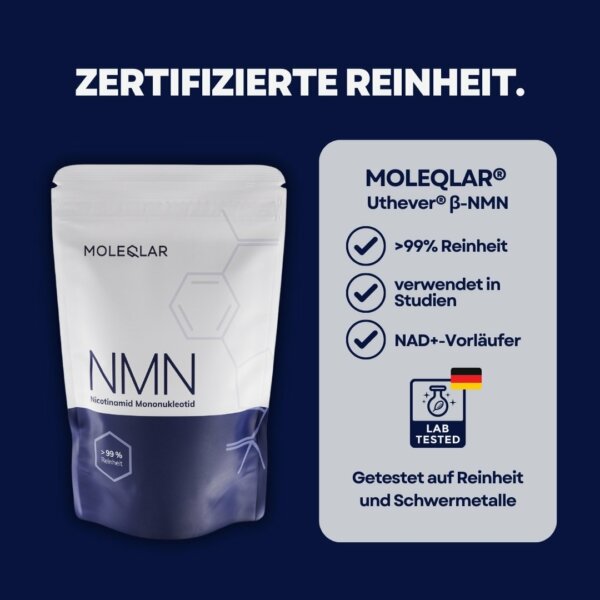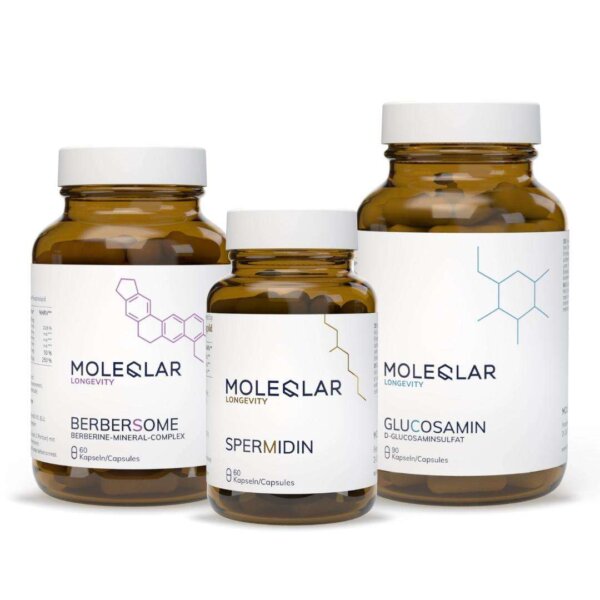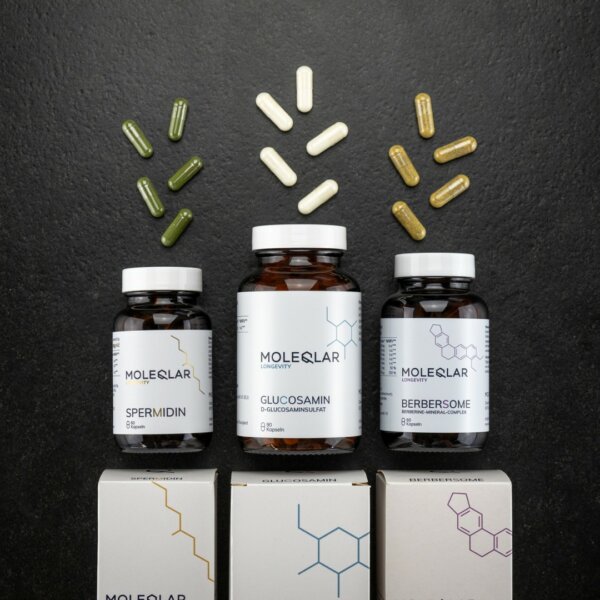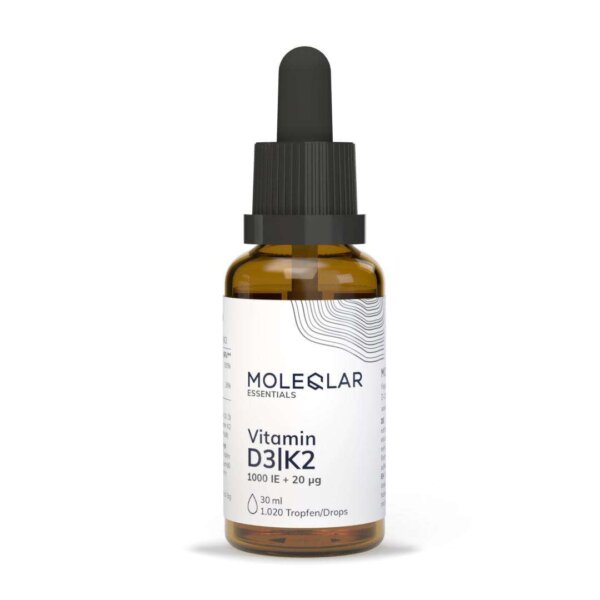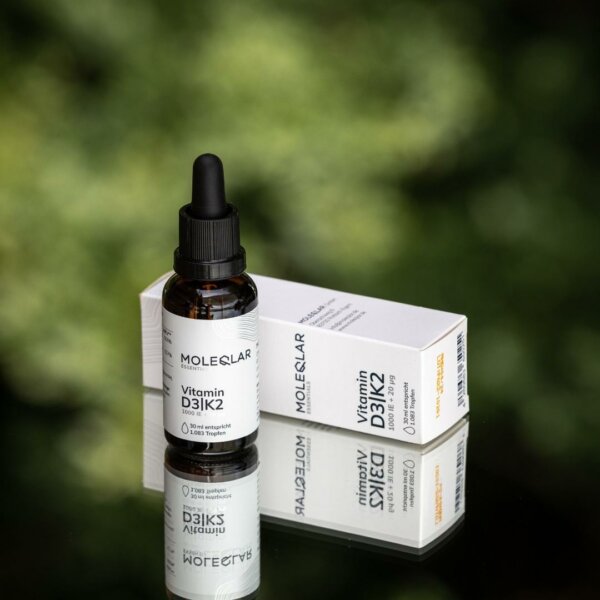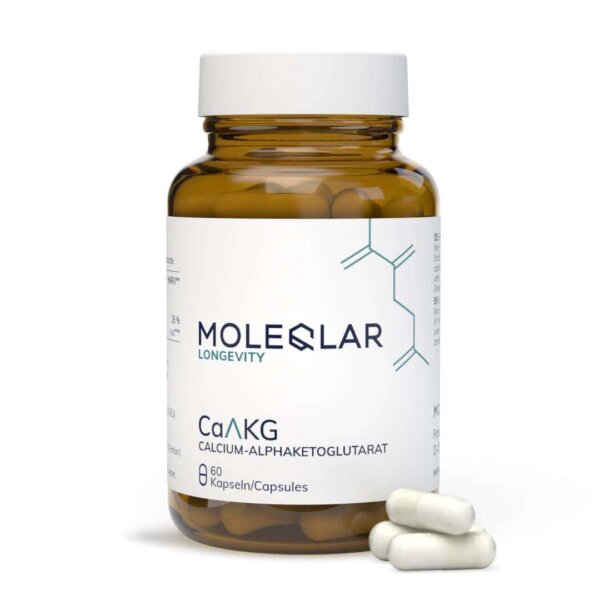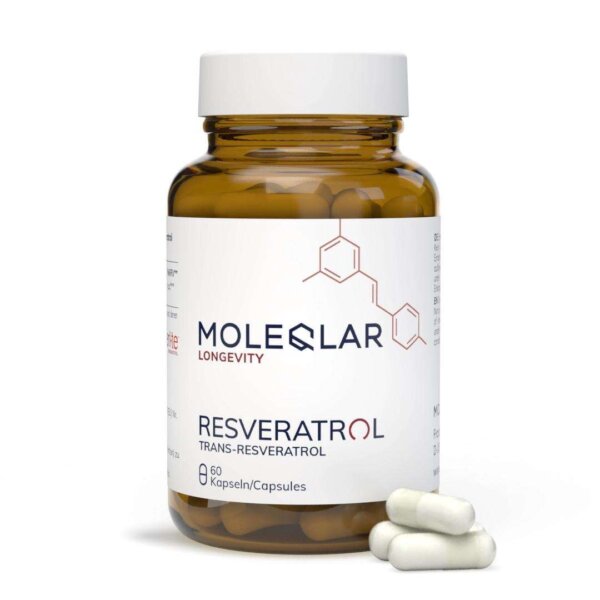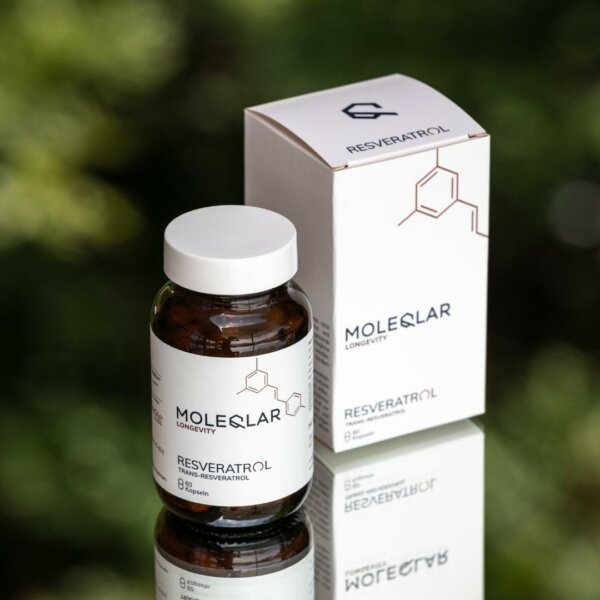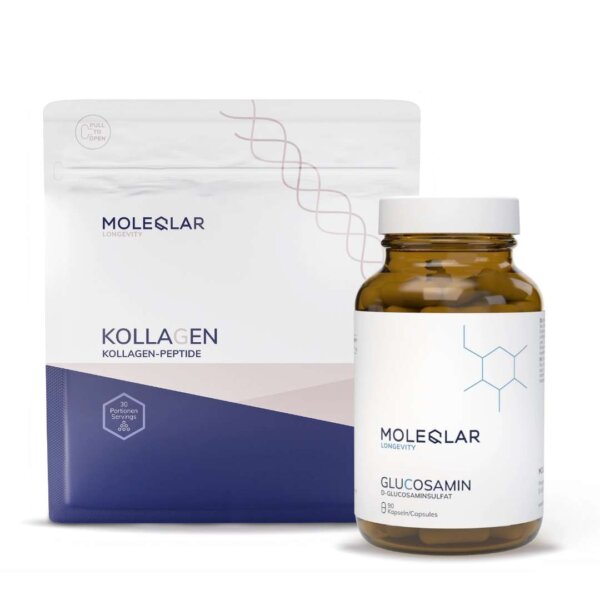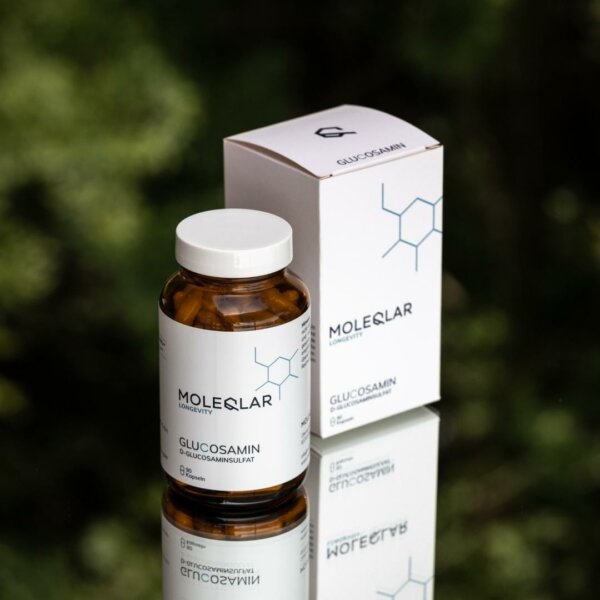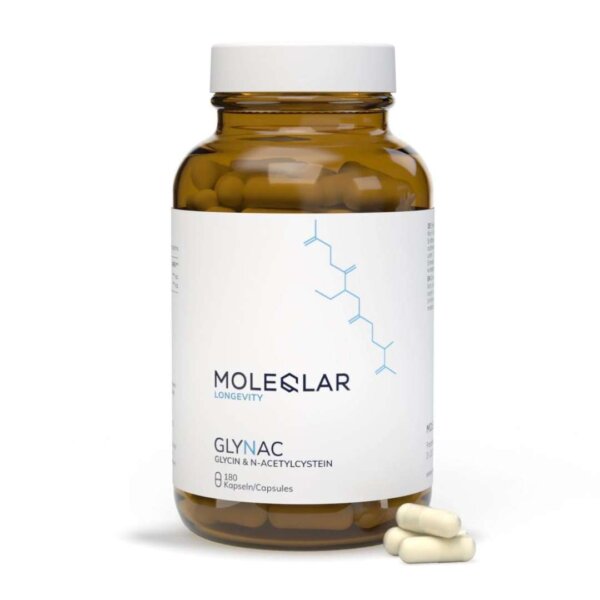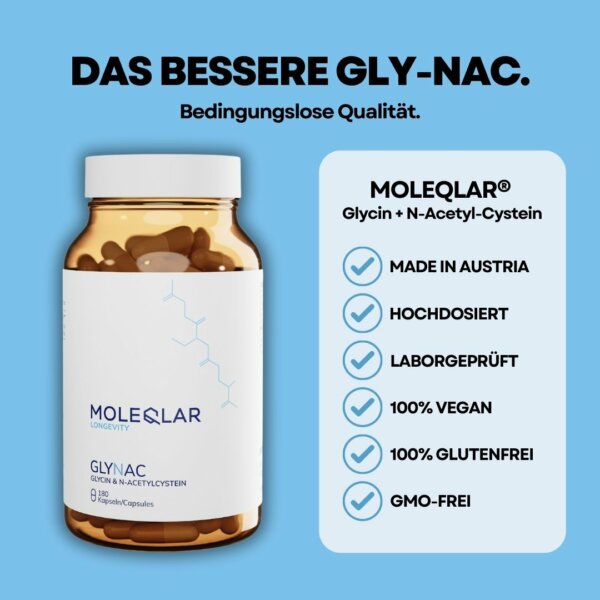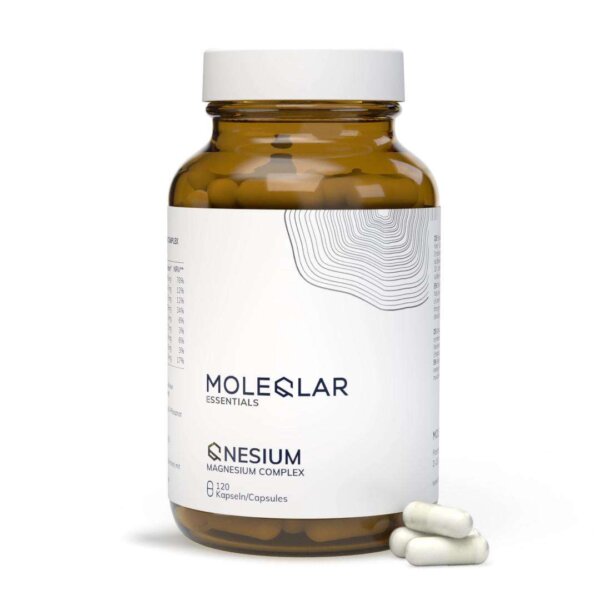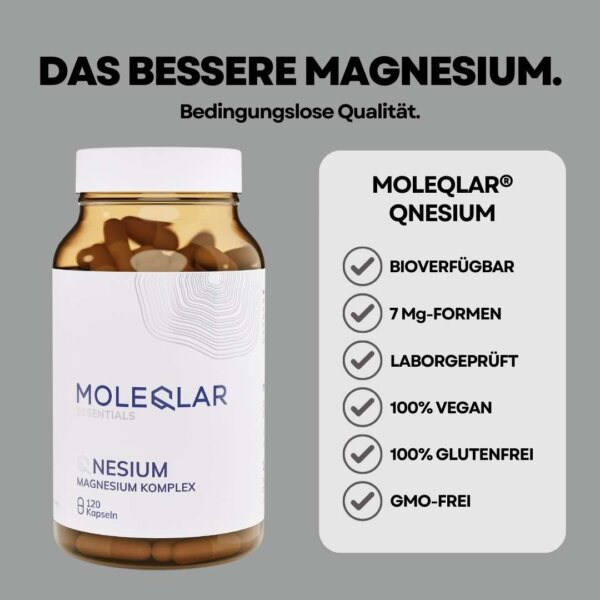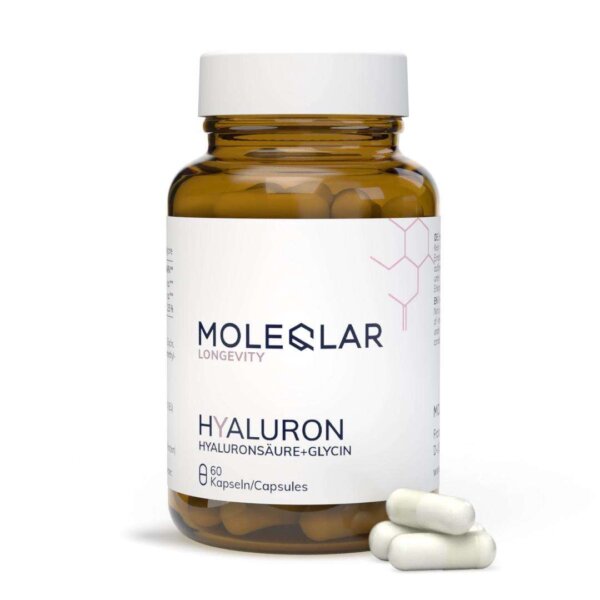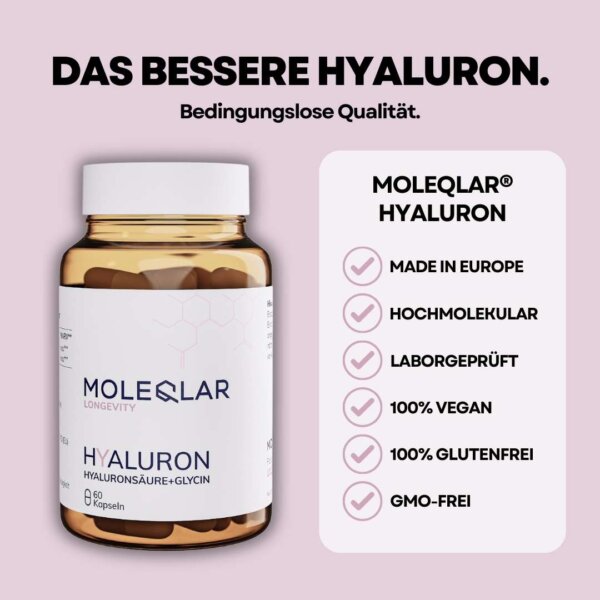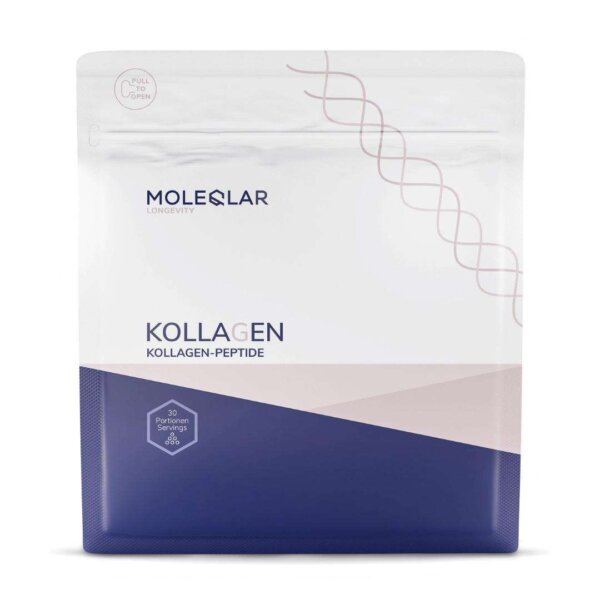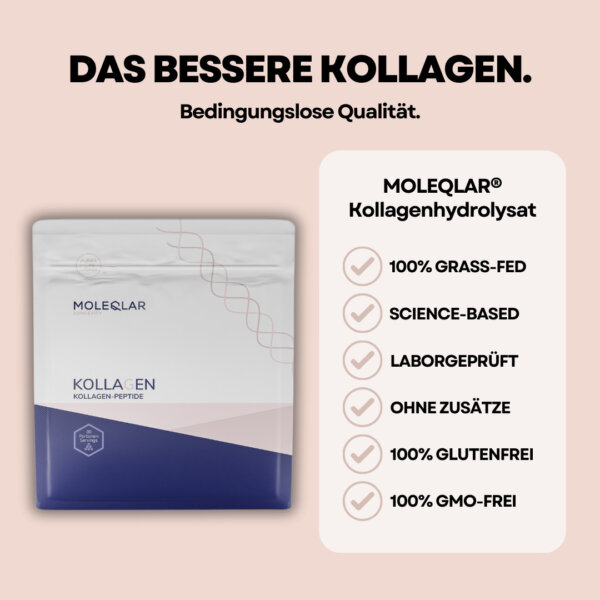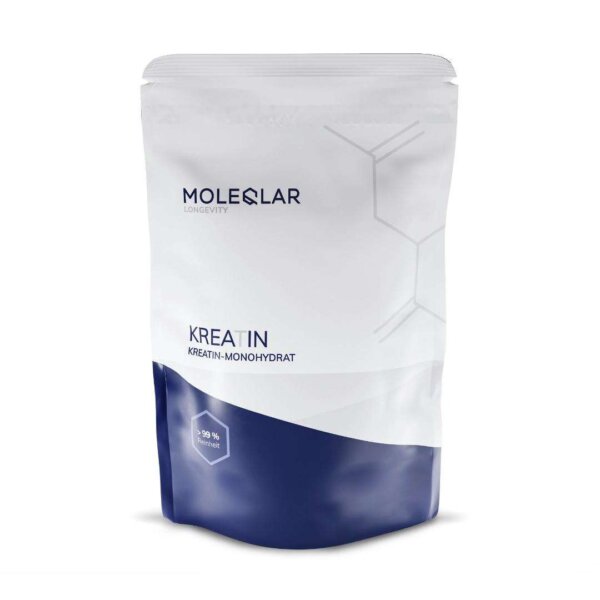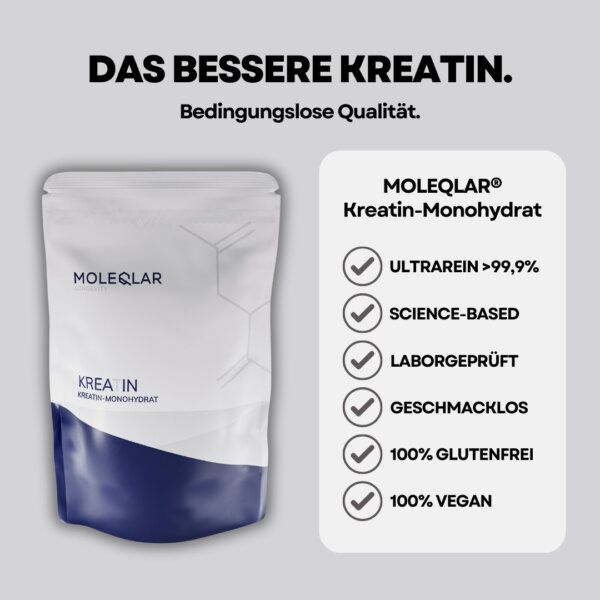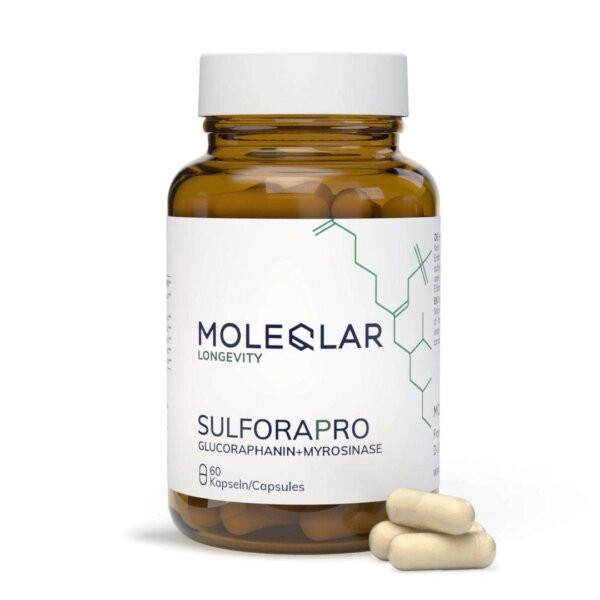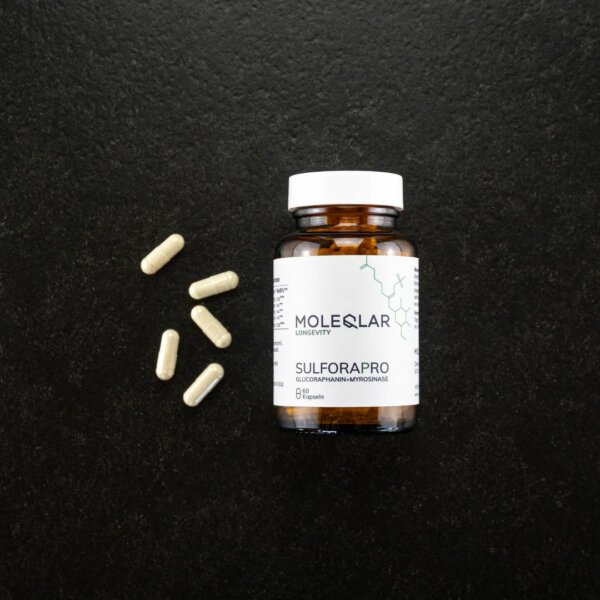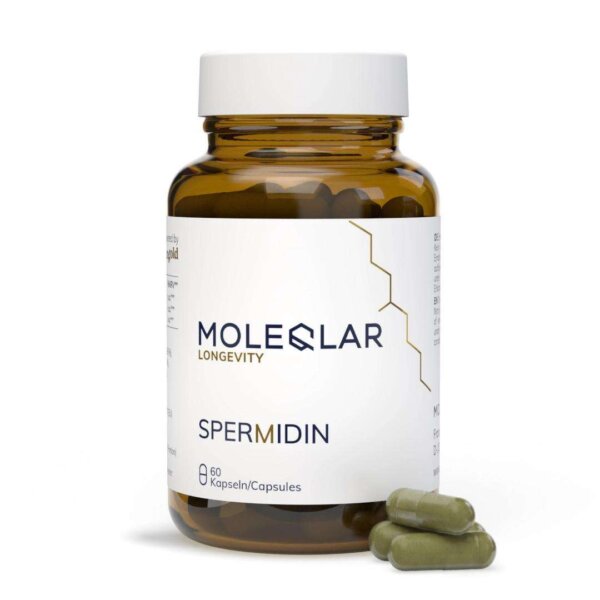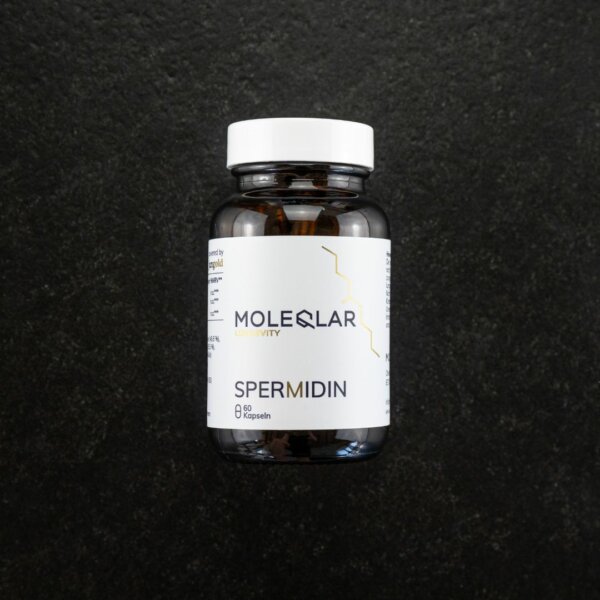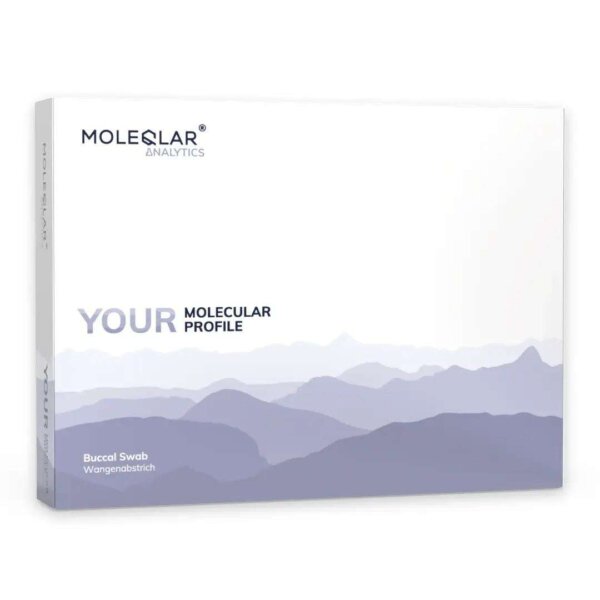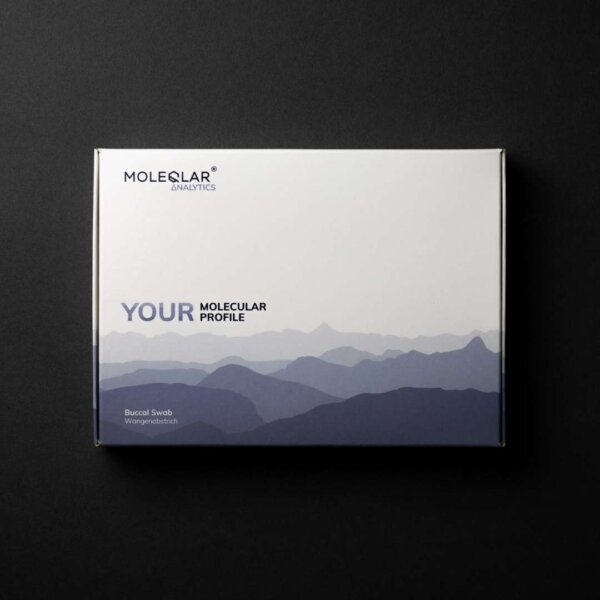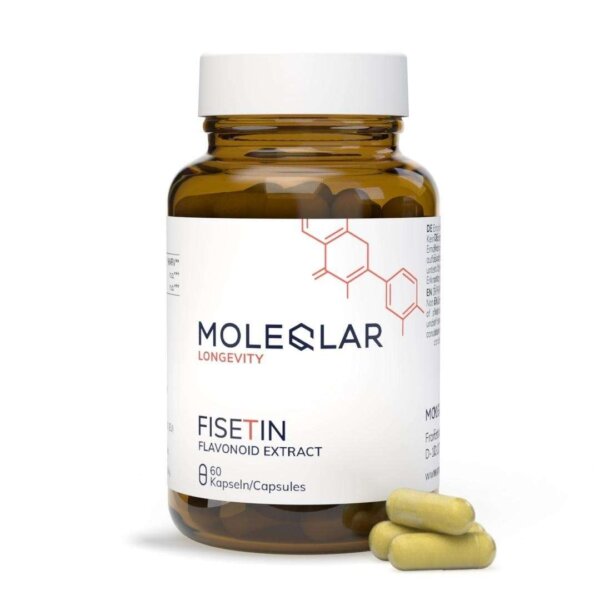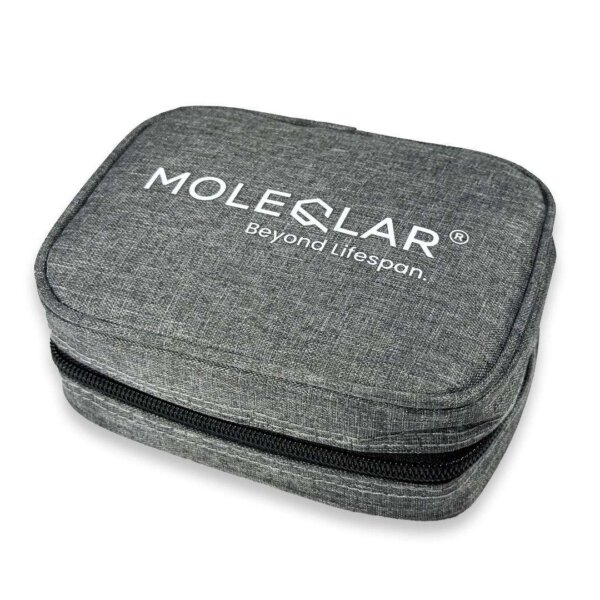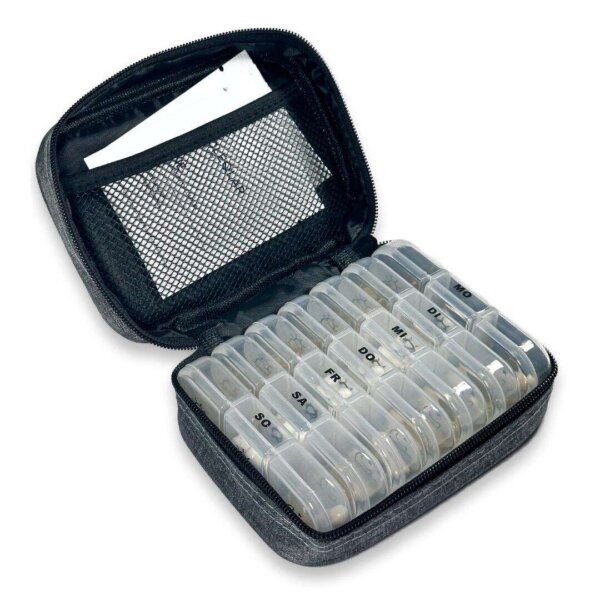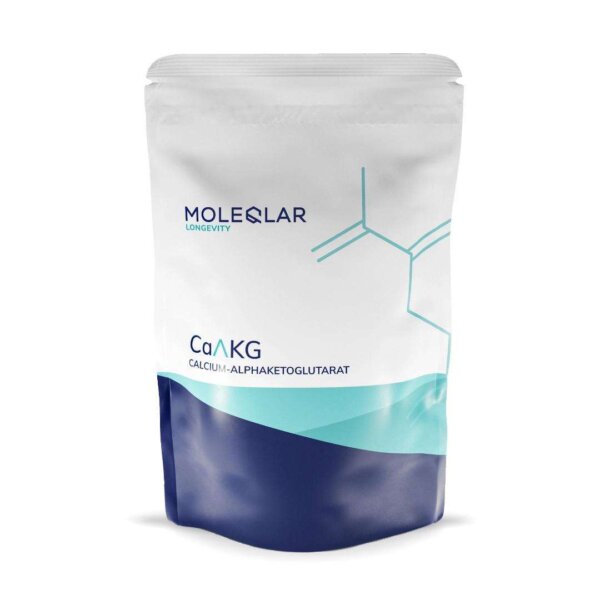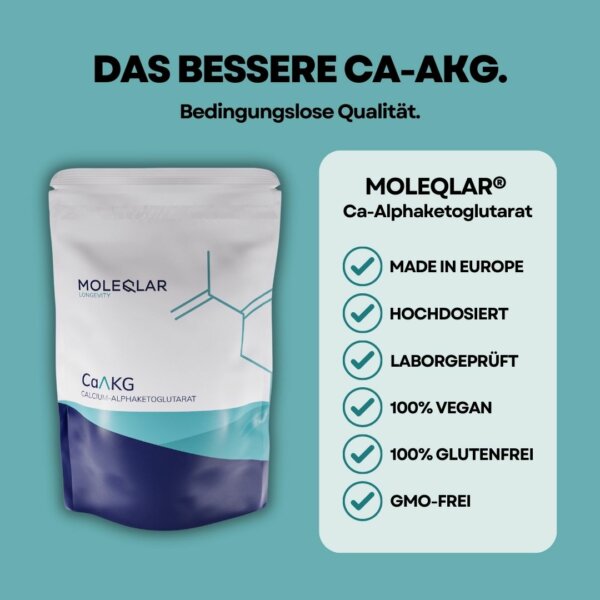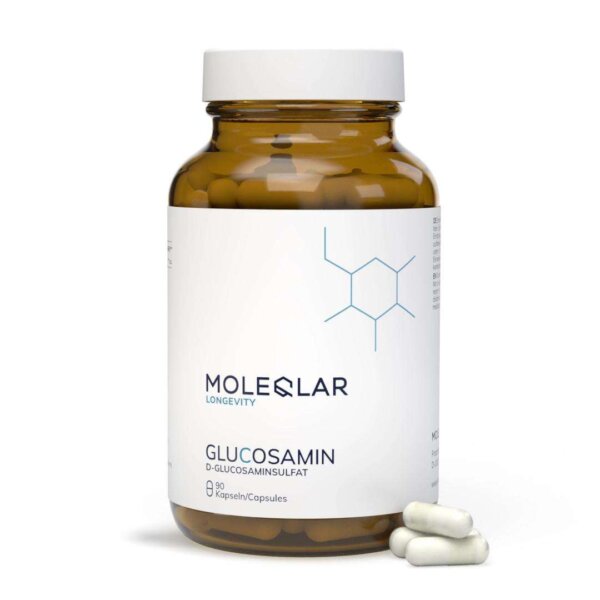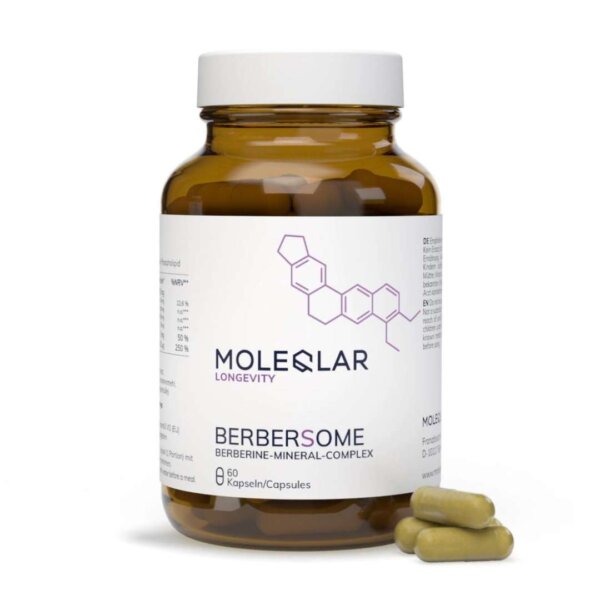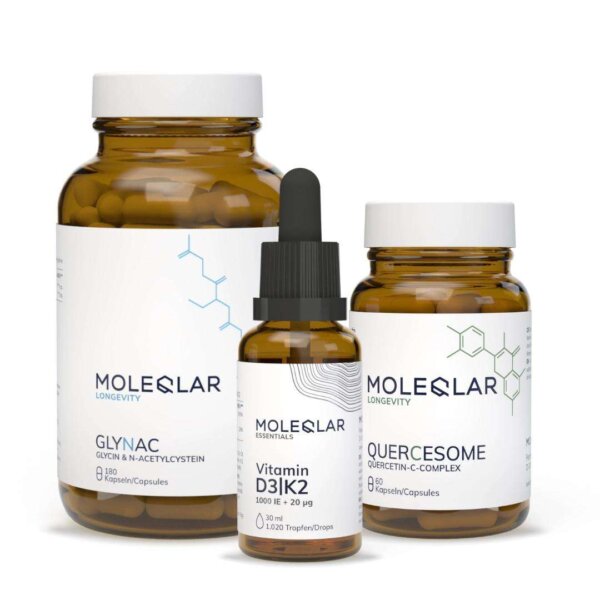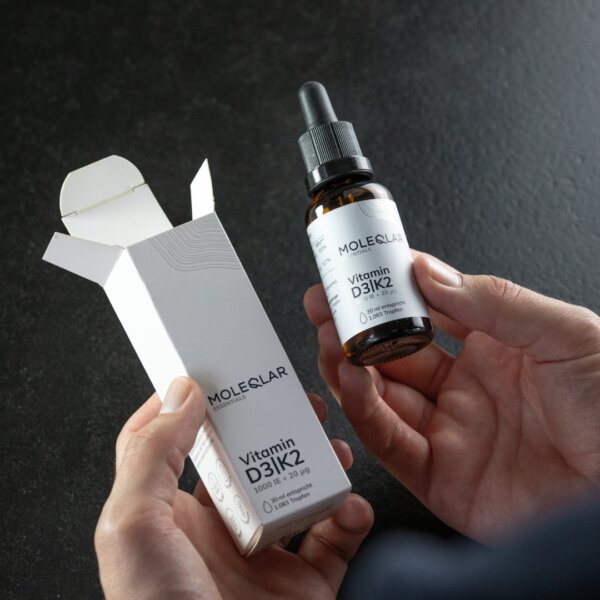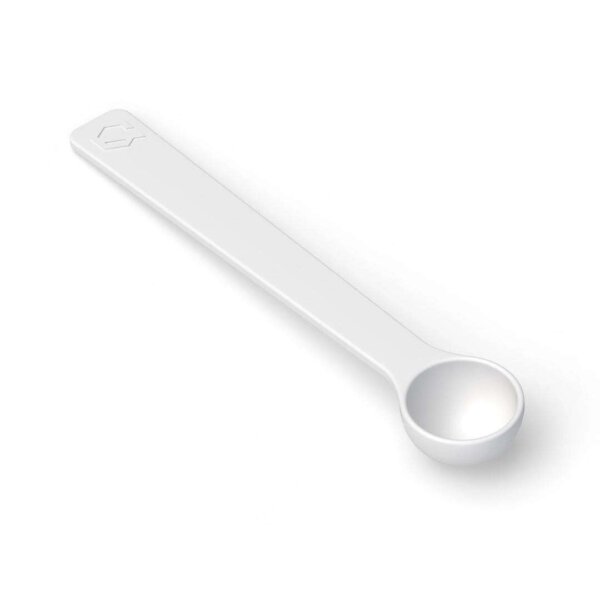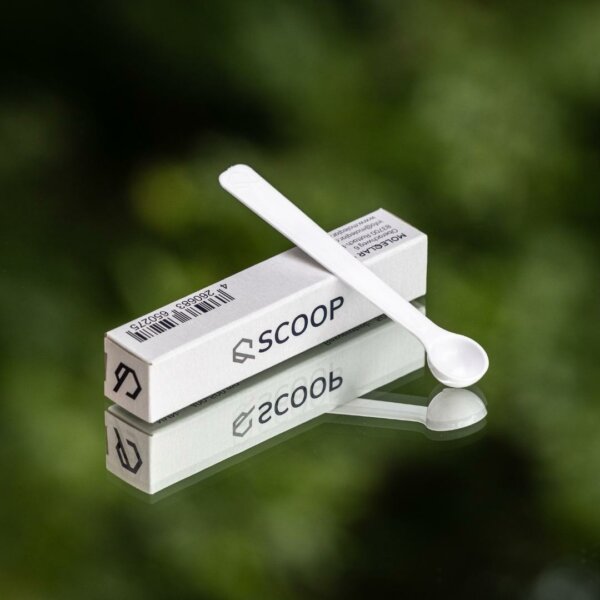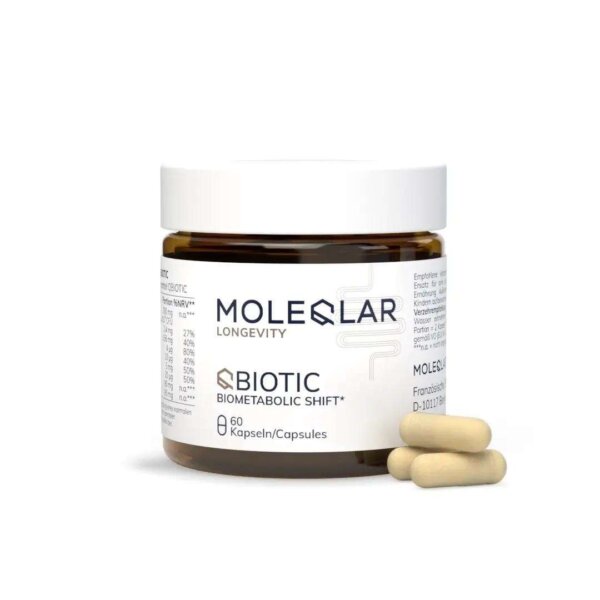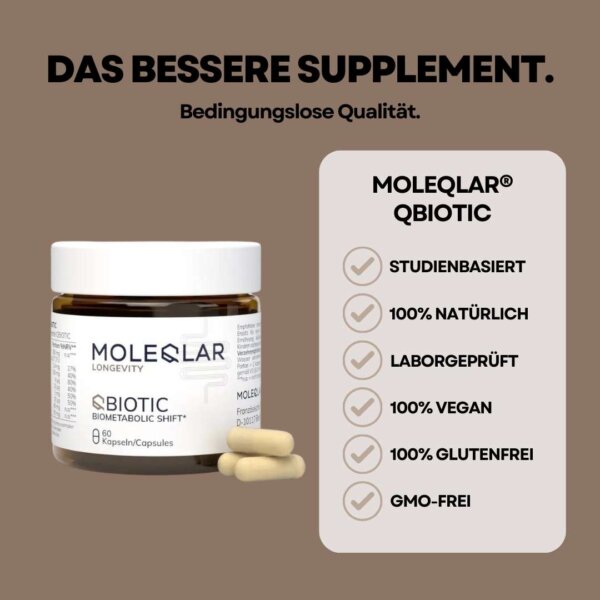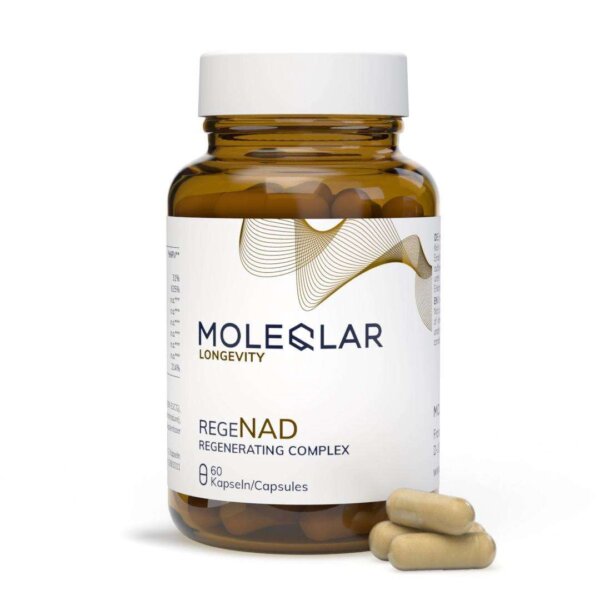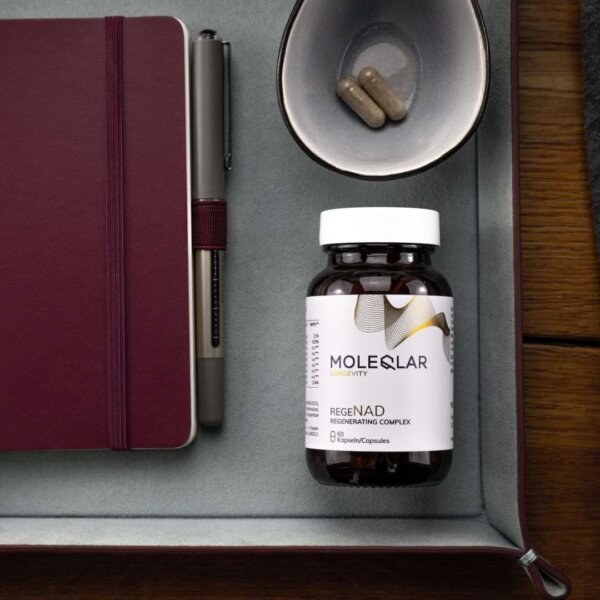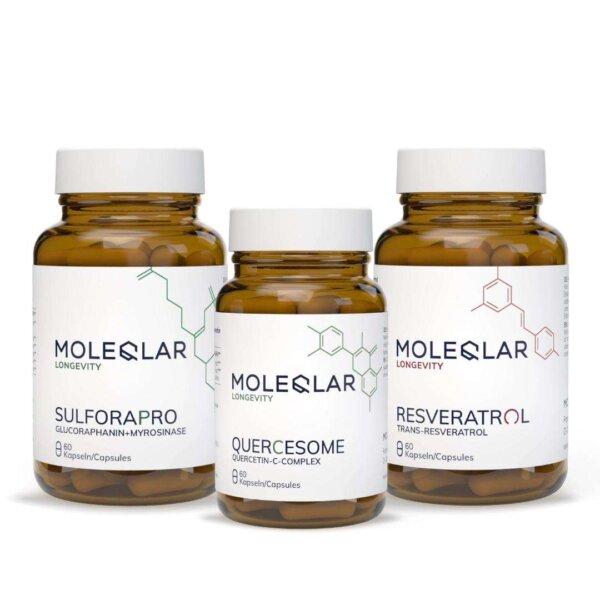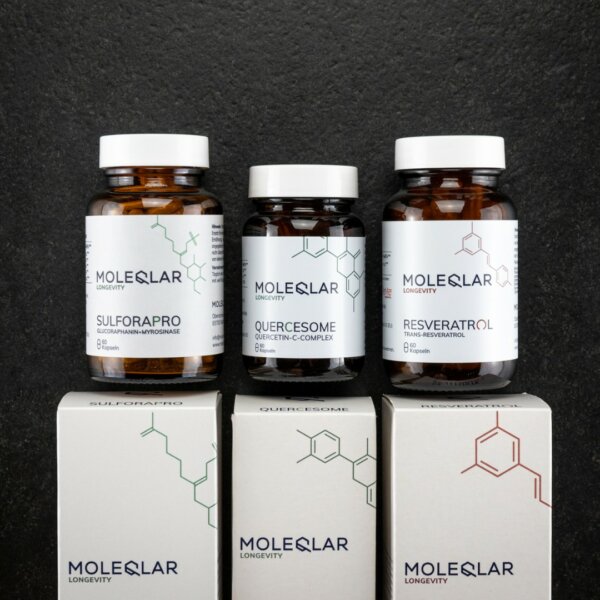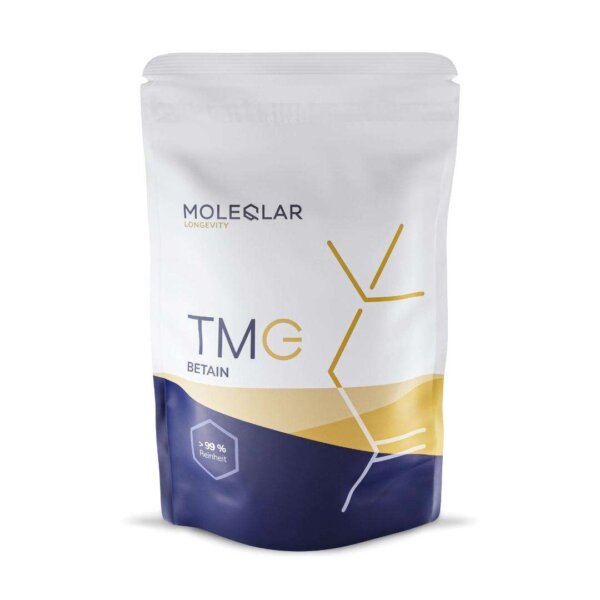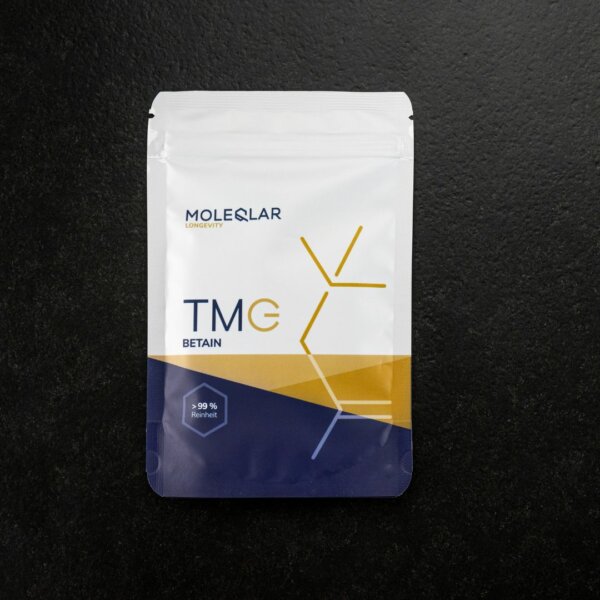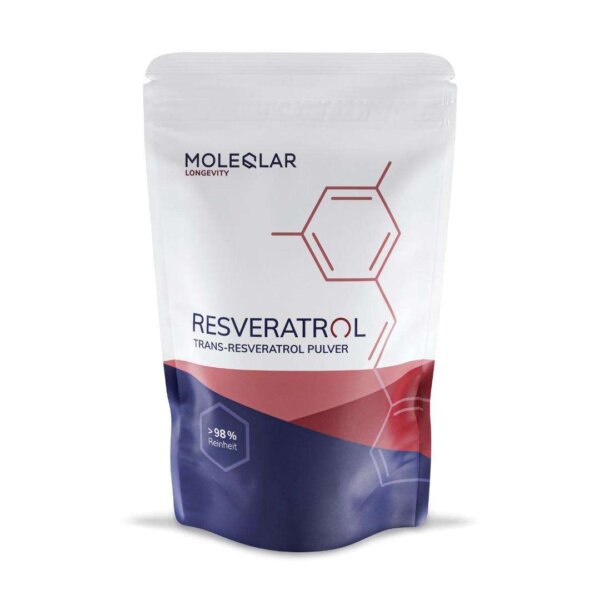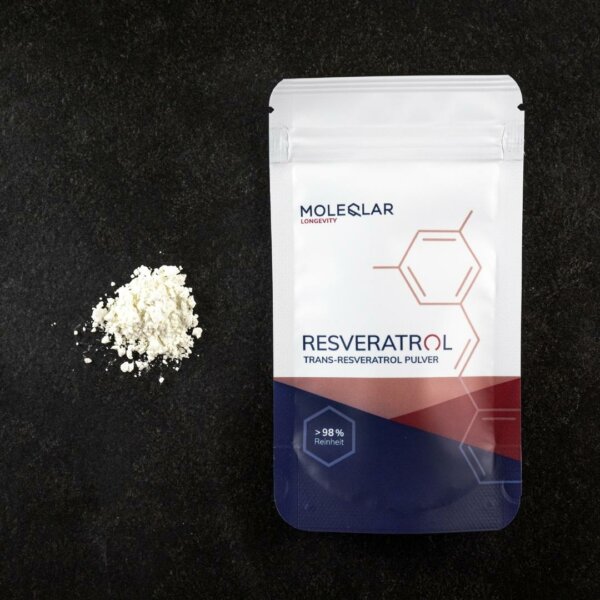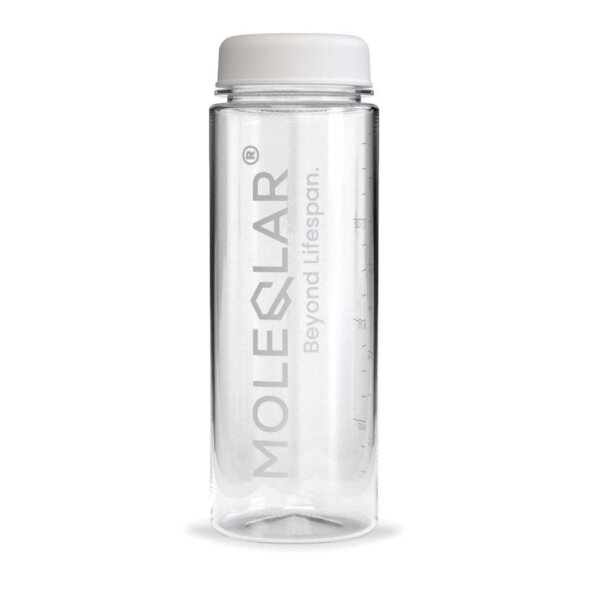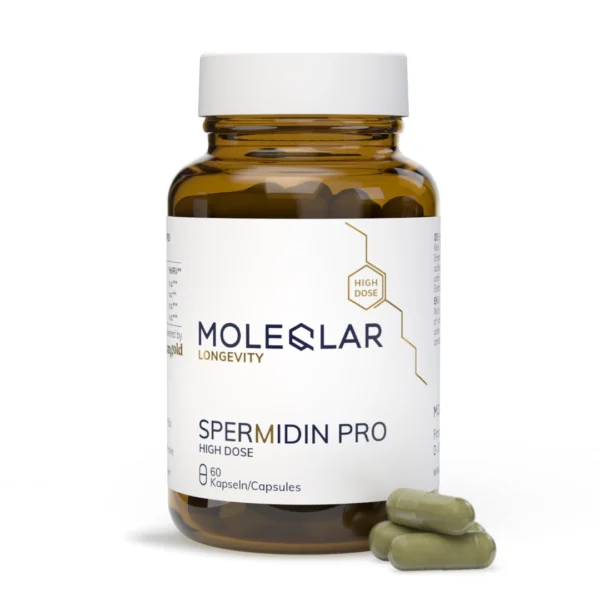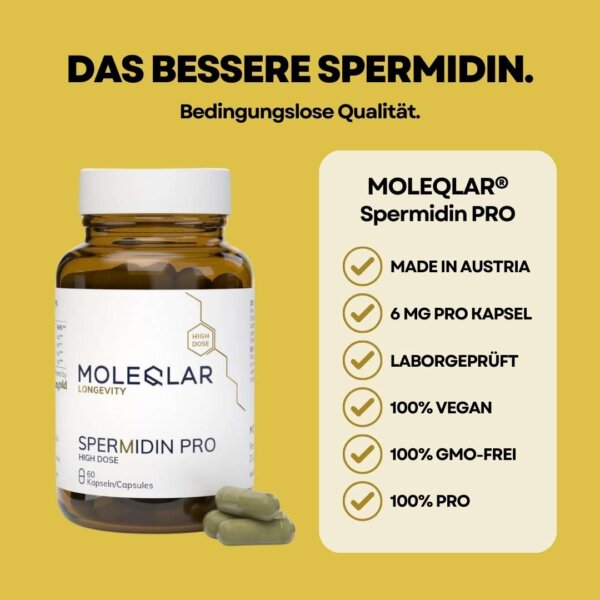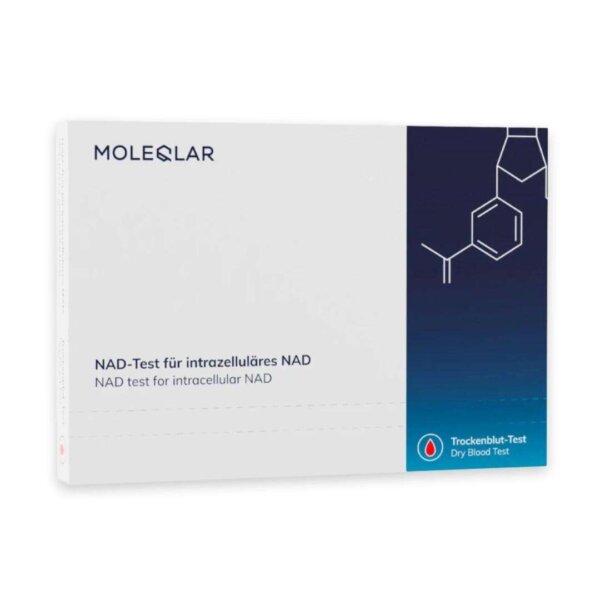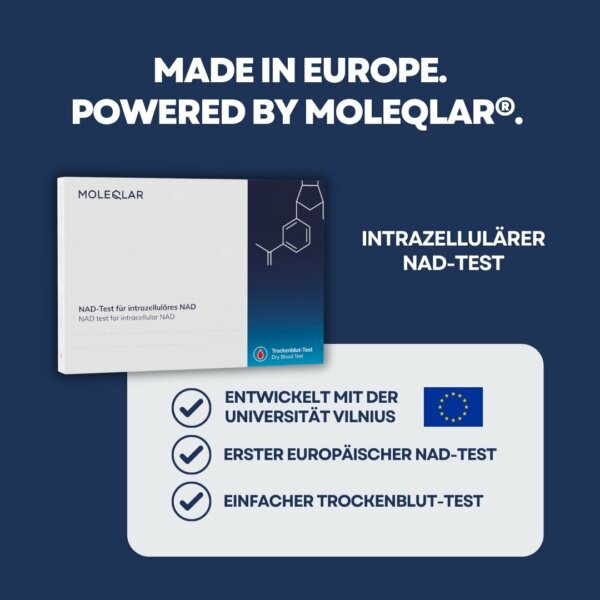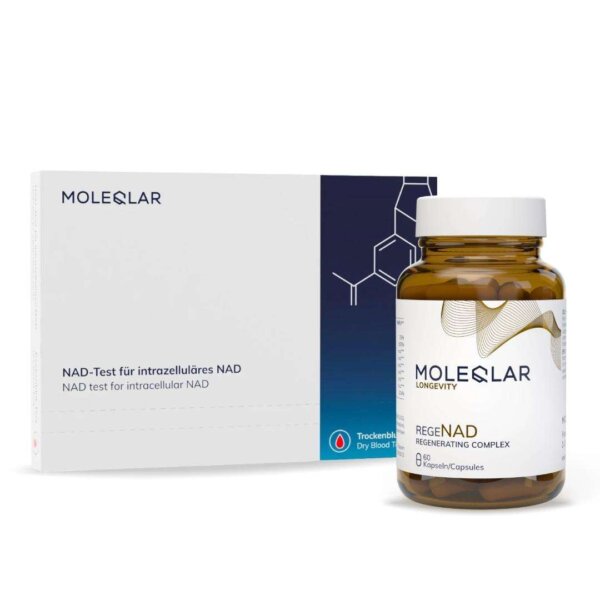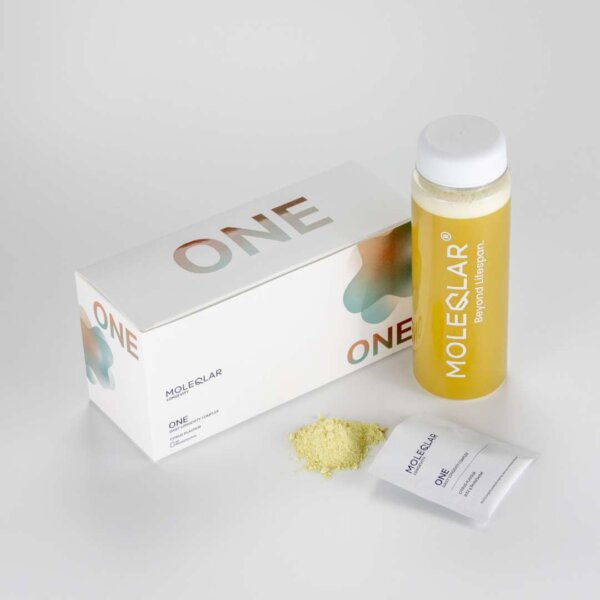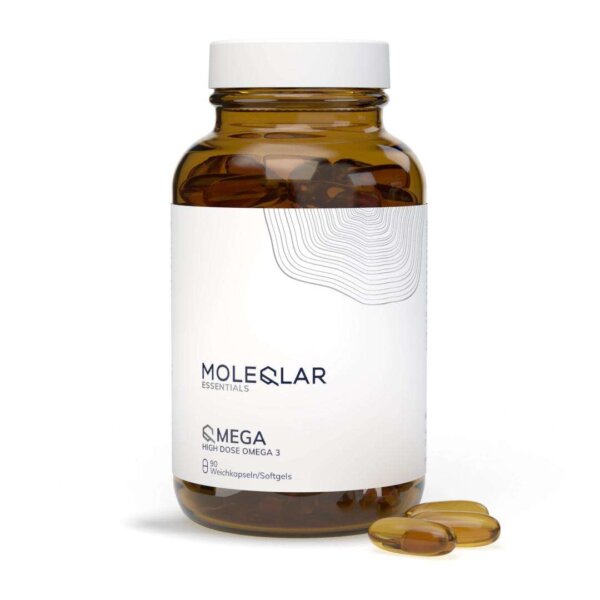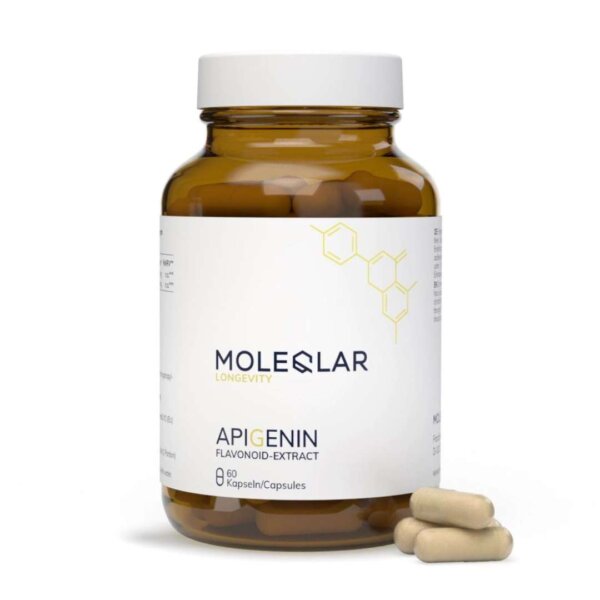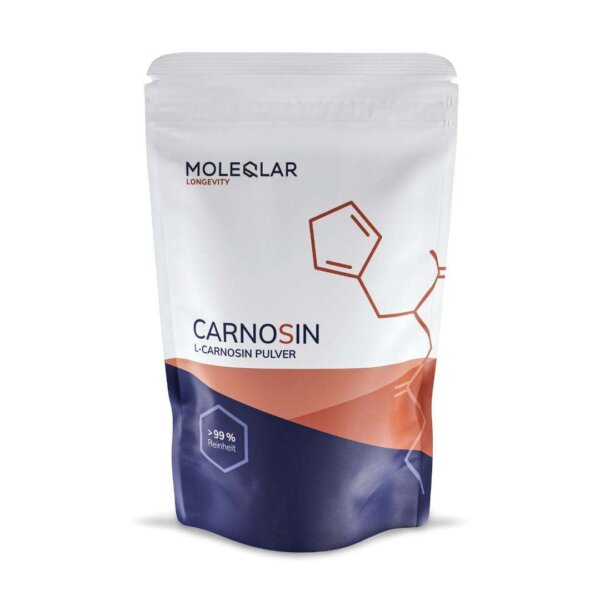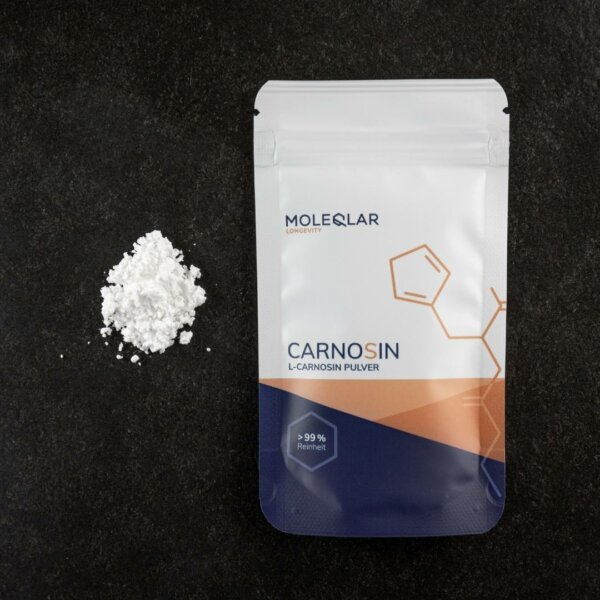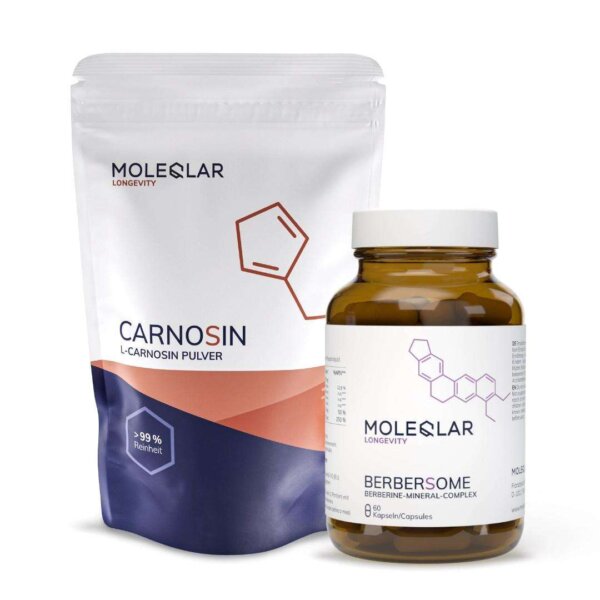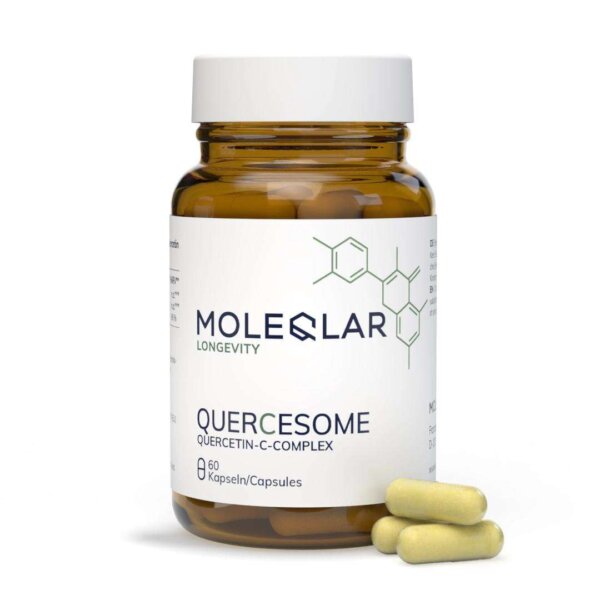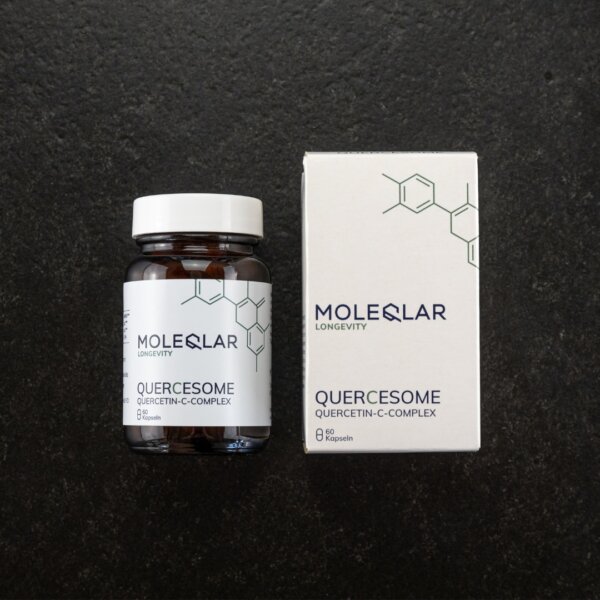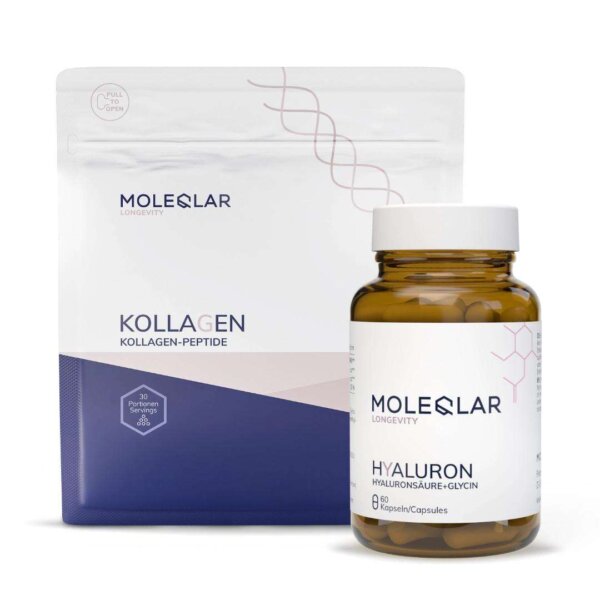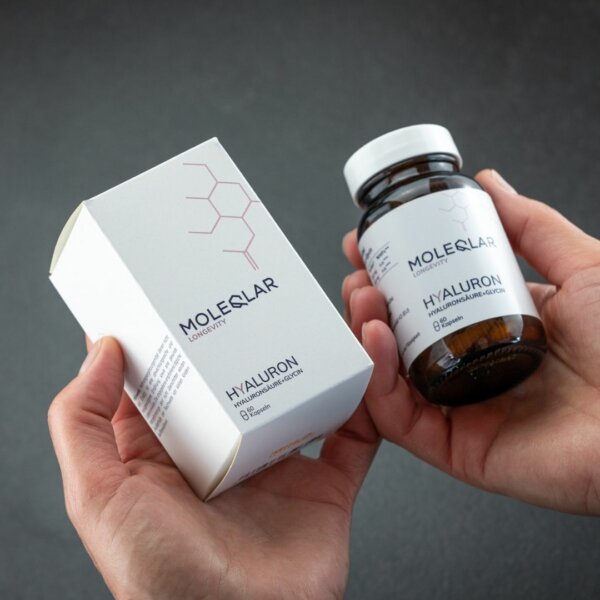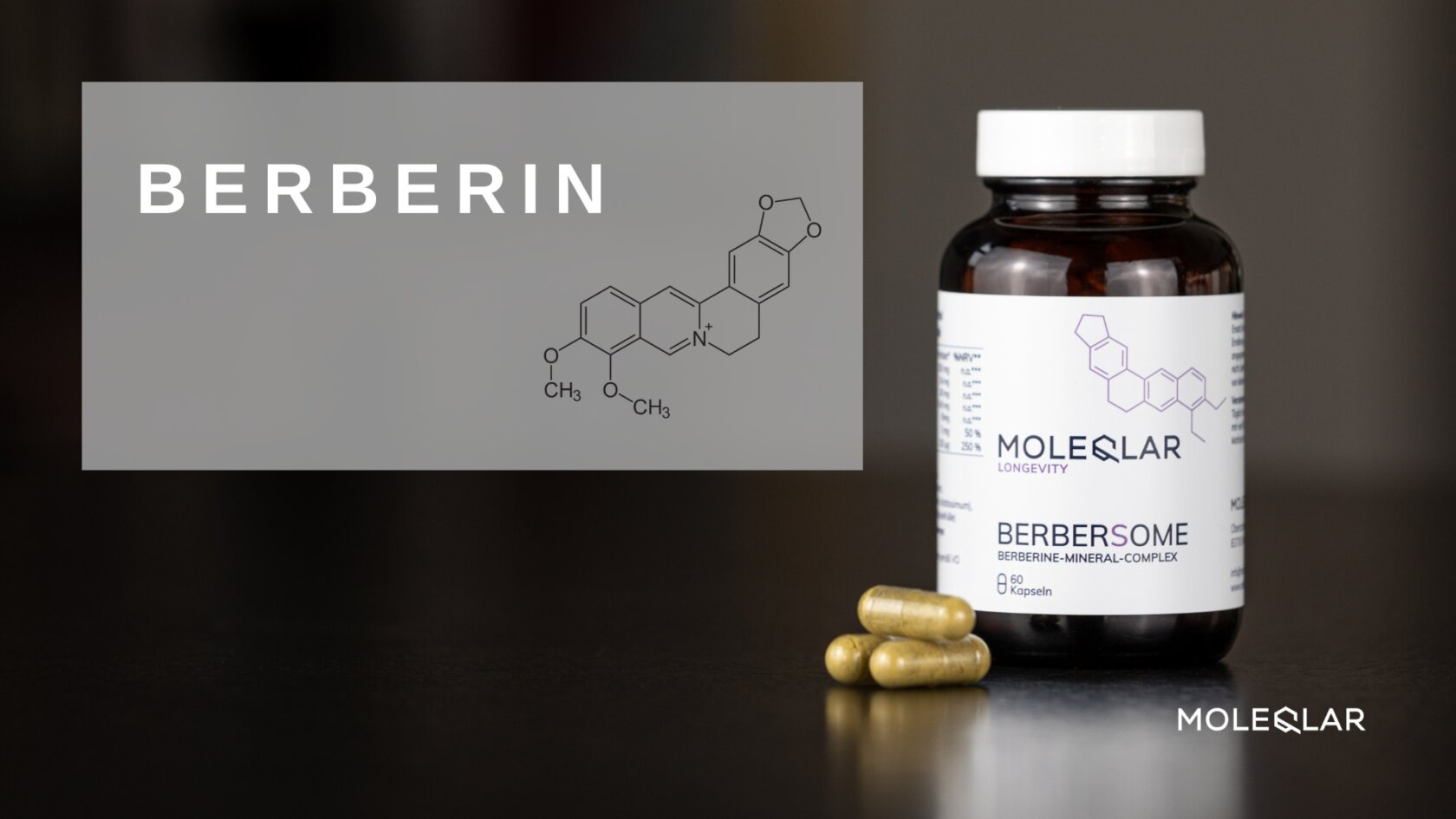The blood glucose values - just like the blood lipids - are among the routine laboratory findings. They are mainly used for the diagnosis and therapy control of diabetes mellitus. But what do the different measured values tell us? Why do you have to be fasting for some values? And what does our blood glucose have to do with our life expectancy? In this part of the lab series, we take a look at just that.
Sugar in the blood - what do we need it for anyway?
Our body needs energy - and a lot of it. The main mechanism by which our cells obtain energy is glycolysis, the citrate cycle and the respiratory chain. In this process, sugar molecules (glucose) are "burned" with the help of oxygen to produce ATP. ATP is the abbreviation for adenosine triphosphate. ATP can also be called the energy currency of the cell. If we want to move our muscles, for example, we need ATP for our muscle fibers to contract. At rest, our brain is the largest consumer of glucose in the entire body. About 20% of all sugar is consumed by our brain - even at night.
So our cells need "sugar" around the clock so that they can work. For this reason, there is about 5g of glucose in our blood at any given time.
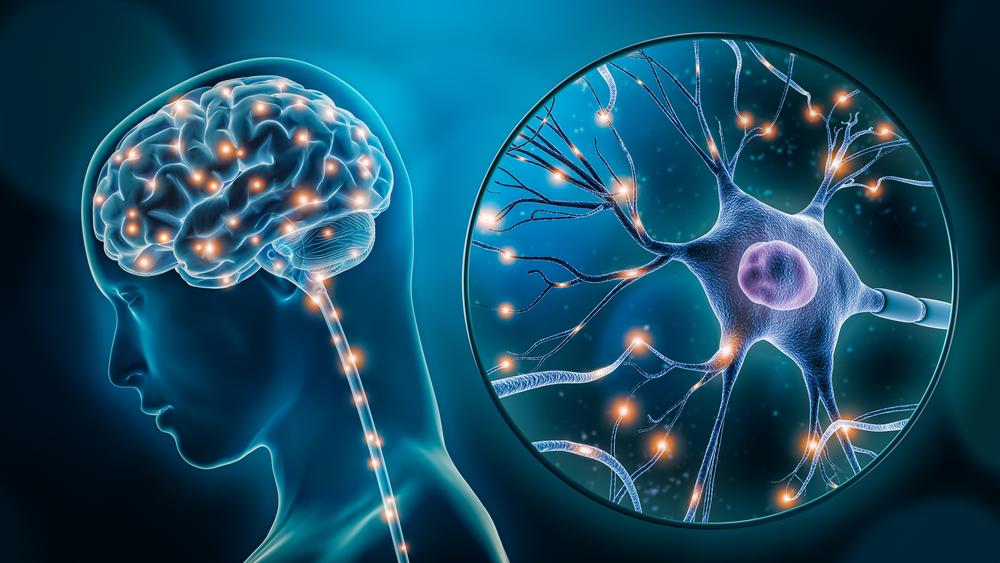
To give you a better idea of what your body does on a daily basis, here are some numbers: According to Mergenthaler et al, 2013, the human brain requires about 5.6mg of glucose per 100 grams of brain matter per minute. With an average brain weight of 1400 grams, that makes 78.4mg per minute. Per hour, that's 4.7 grams, and per day, that's about 113 grams of glucose. And that's just for your brain!
At least as impressive is the fact of how much ATP your body uses per day. On average, it is around 65 kg or as much as you weigh. Your ATP is recycled around 1000 to 1500 times a day, otherwise we would have to carry a lot of extra weight around with us.
To ensure that our cells are supplied with glucose, we have sugar stores in the form of glycogen. Glycogen is a molecule consisting of many glucose molecules strung together. These can be split off as needed and distributed into the blood by the liver, for example.
Fasting blood glucose, long-term glucose - what types of measurement are there?
If you want to know your blood glucose level, there are several ways to measure it. The simplest method is a self-test with test strips and the appropriate meter. You can usually get both at the pharmacy. For this type of test you need a small drop of blood, which is placed on the test strip and a few seconds later the test device spits out the blood glucose value. The advantage of this method is that it is easy to perform. However, it only gives a selective insight into the blood glucose metabolism.
A much more informative method is the use of glucose trackers, also called Continuous Glucose Monitor (GGM). These devices, as the name suggests, continuously measure your blood glucose and send this information to your smartphone, for example. This allows you to see "live" how your body reacts to different foods. Corresponding sensors can already be bought for about 100€. The life span of a sensor is about two weeks - enough time to test your blood sugar reaction to different products!
In addition to these two methods, there are the following possibilities to assess blood glucose metabolism. This usually requires a blood sample or a few drops of blood:
- Fasting blood glucose (NPG): Fasting blood glucose is when a person has not eaten for at least eight hours. This value is therefore usually measured in the morning and should not exceed 100mg/dl in healthy individuals.
- HbA1c: This value is colloquially known as "long-term sugar". It measures the concentration of red blood cells that are loaded with a sugar molecule. Since red blood cells have a lifespan of about three months, it is possible to estimate the blood glucose situation over the last eight to twelve weeks. In the case of lifestyle changes or dietary changes, checking the HbA1c value accordingly only makes sense after about three months. High blood glucose levels lead to higher HbA1c values. There are different threshold values depending on age. The value should be below 5.7% in healthy adults.
- Occasional plasma glucose (GPK): This is the blood glucose value independent of food intake. It varies widely and is not particularly meaningful. The target value is below 200mg/dl.
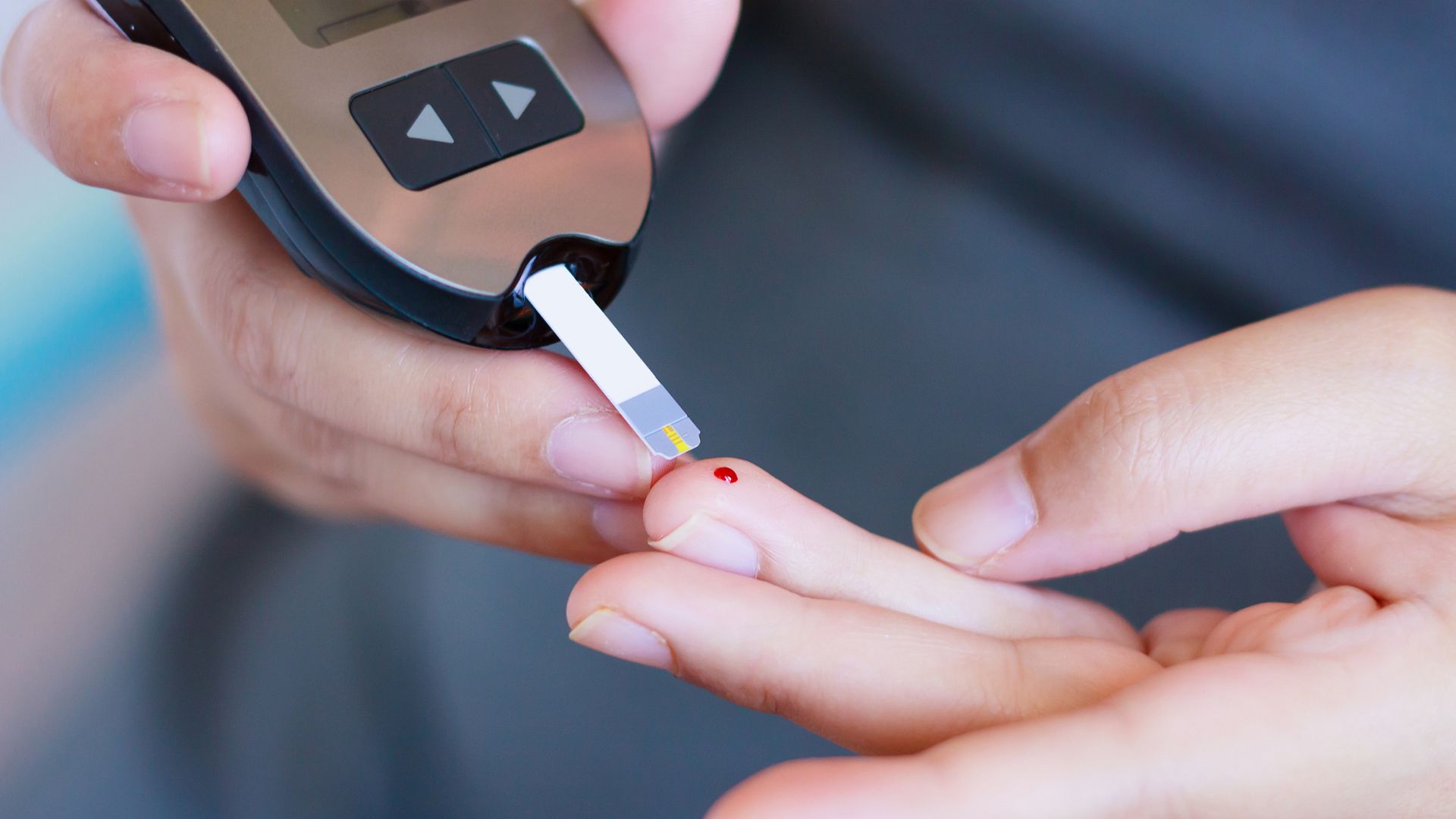
Blood glucose levels that are too high - what's behind them?
If your blood sugar levels are too high, this can be a sign of the metabolic sugar disease, diabetes mellitus. Diabetes mellitus is one of the most common diseases worldwide. The most common variants or types of diabetes are type 1 and type 2. In type 1 diabetes mellitus, our own immune system destroys beta cells in our pancreas. The beta cells produce the hormone insulin. Somewhat simplified, insulin can be thought of as a key that is needed to bring glucose from the blood into our cells. In type 1 diabetics, this key is missing, which is why the door to the inside of the cell remains closed and the sugar level in the blood becomes too high.
Type 2 diabetics have a different problem. Their cells have become increasingly "resistant" to insulin. This means that the key no longer works so well. Insulin resistance is the precursor to diabetes and is a silent epidemic due to the significantly high number of unreported cases. The good news is that insulin resistance and prediabetes are still reversible.
Do you actually know where the name diabetes mellitus comes from? "Diabetes" comes from the Greek and means something like "flowing through", while "mellitus" comes from the Latin and means "honey-sweet".
The disease was already known in ancient times - with the leading symptom of "sweet" urine. If blood glucose levels are significantly too high, the body excretes some of the excess glucose in the urine. Since blood glucose levels could not be measured in the past, sufferers were identified by their sweet-tasting urine.
In the National Health Care Guidelines of Germany, the diagnosis of diabetes mellitus type 2 is defined as follows:
At least two values of fasting blood glucose, HbA1c or occasional blood glucose must be pathological. What exactly does pathological mean? Here, too, the guideline contains corresponding threshold values:
| No diabetes | Increased risk for diabetes | Diabetes | |
| Fasting blood glucose | < 100 mg/dl (< 5,6 mmol/l) |
100 - 125 mg/dl (5.6 - 6.9 mmol/l) |
from 126 mg/dl (from 7.0 mmol/l) |
| HbA1c | < 5,7% (< 39 mmol/mol) |
5.7 to 6.4% (39 to 47 mmol/mol) |
from 6.5% (from 48 mmol/mol) |
| Casual plasma glucose | from 200 mg/dl (from 11 mmol/l) |
If the values are not clear, an oral glucose tolerance test (OGTT) can be performed.
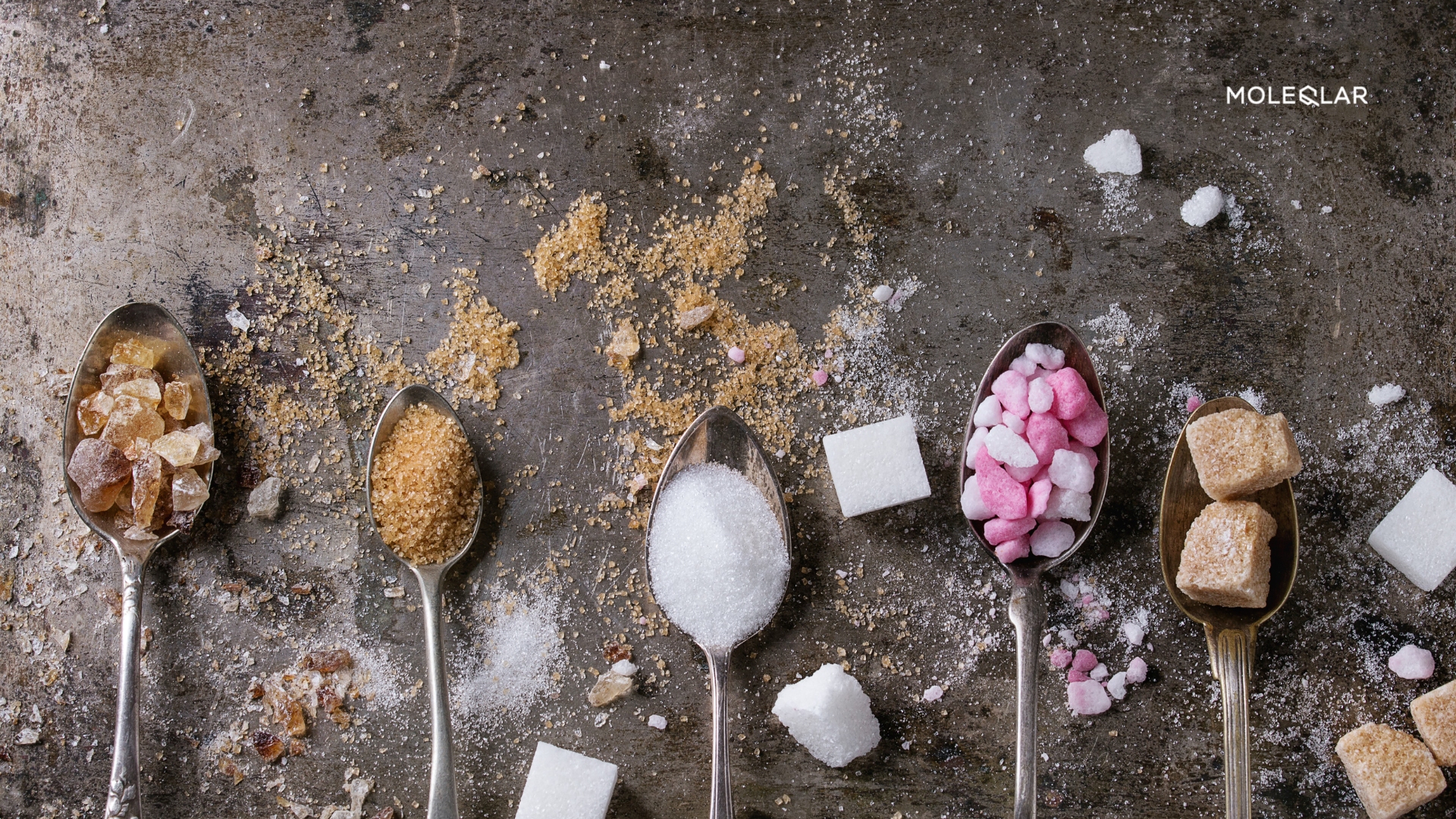
OGTT - what does the oral glucose tolerance test tell me about my blood glucose metabolism?
In the oral glucose tolerance test, you drink a sugar-water mixture consisting of 75mg of glucose, which is significantly sweeter than soft drinks such as cola. The blood glucose is measured once before taking the drink and then every half hour after drinking. The last measurement is taken after two hours. The purpose of this, admittedly somewhat complex test, is the early detection of insulin resistance and thus impaired glucose tolerance. Usually, an OGTT is also always performed during pregnancy in order to detect the occurrence of gestational diabetes as early as possible. The standard values for this test are defined as follows in the National Care Guideline for Type 2 Diabetics:
| No diabetes (normal glucose tolerance) | Increased risk for diabetes | Diabetes mellitus | ||
| Abnormal fasting glucose | Impaired glucose tolerance | |||
| Plasma glucose fasting | < 100 mg/dl (< 5,6 mmol/l) |
100-125 mg/dl (5.6 - 6.9 mmol/l) |
< 126 mg/dl (< 7,0 mmol/l) |
from 126 mg/dl (from 7.0 mmol/l) |
| 2-h after oral glucose | < 140 mg/dl (< 7,8 mmol/l) |
- | 140 - 199 mg/dl (7.8 - 11.0 mmol/l) |
from 200 mg/dl (from 11.1 mmol/l) |
Why is blood sugar important for your longevity?
We've looked at how to measure the different blood glucose levels, how to diagnose diabetes mellitus, and what insulin resistance is. But why is all this so important for a long, healthy life?
Diabetes is a disease that does not cause any symptoms for a very long time. We don't necessarily notice when our blood sugar is too high. On the other hand, we quickly notice the opposite - hypoglycemia. We become cold sweaty, get ravenous and can no longer concentrate.
According to data from the Robert Koch Institute, around 4.6 million (7.2%) of all Germans in the age group between 18 and 79 have diagnosed diabetes, and the trend is rising. This means that almost one in ten is "diabetic." The number of insulin-resistant people is significantly higher, but can only be estimated. Experts suspect that the number of unreported cases is extremely high.
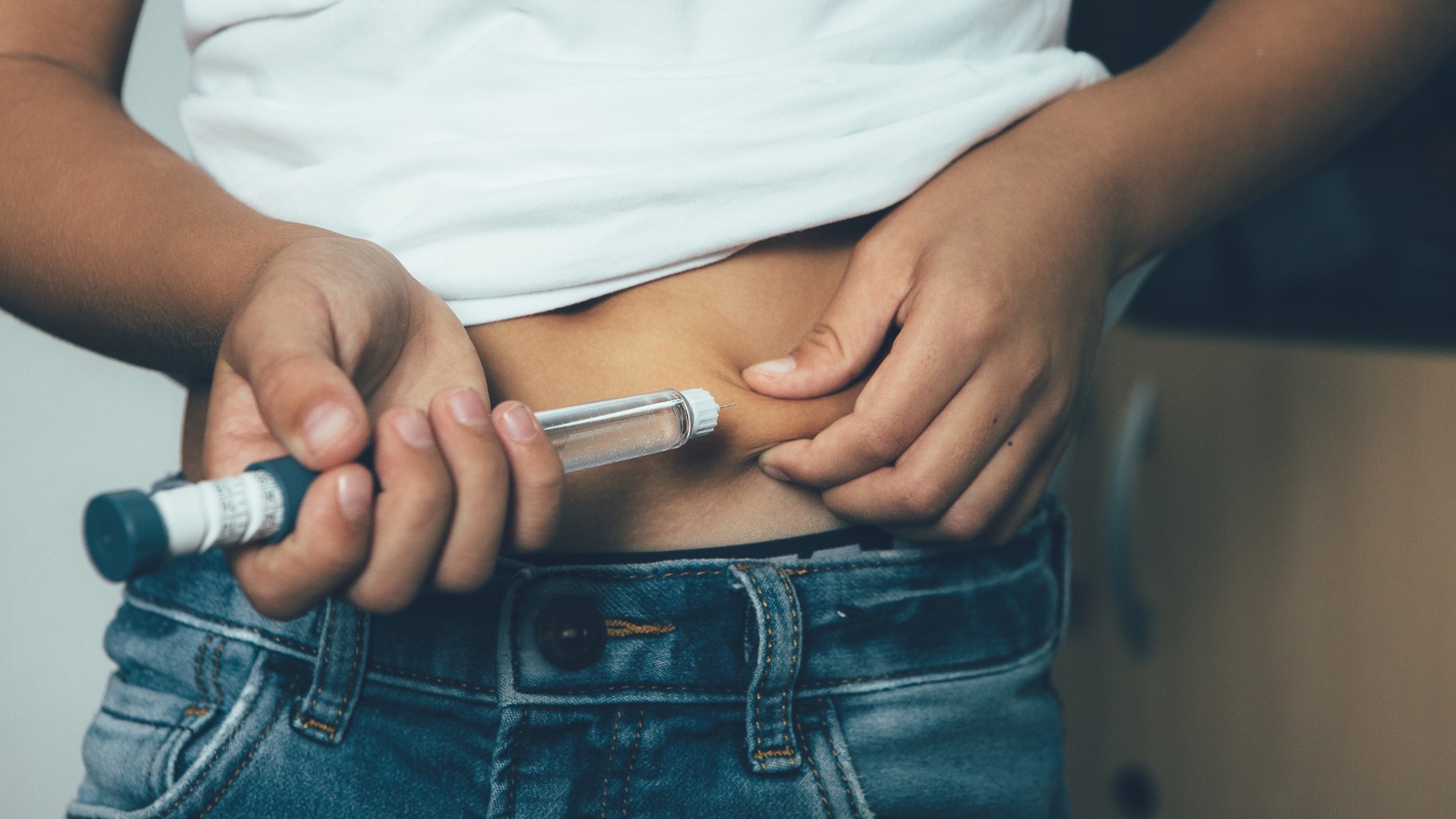
Too high blood sugar levels and the risk of atherosclerosis - a deadly combination
Excessively high sugar levels attack the blood vessels in our body. As a result, diabetes contributes significantly to the number one cause of death in the western world: Cardiovascular disease. Our blood lipids also make a contribution when they get out of balance.
The death toll from diabetes is difficult to estimate. In the U.S. alone, it is more than 100,000 deaths per year, according to this report. Probably even more, considering the role that high blood glucose levels play in the development of cardiovascular disease.
Although the death rate from cardiovascular diseases is significantly higher, Dr. Peter Attia describes insulin resistance as the basis on which other life-shortening diseases such as cancer, Alzheimer's and cardiovascular diseases can develop, and not without reason. In his view, it is important to take action against insulin resistance as early as possible.
The studies show that berberine, a naturally occurring pigment extracted from the bark of barberry plants, acts via the regulation of several signaling pathways and longevity pathwaysincluding AMPK, NF-κB, sirtuins and several others, has an effect on the body. Including on our sugar metabolism. Berberine (as well as the trace elements chromium and zinc) have been shown in several scientific studies to have a positive effect on blood sugar levels (especially insulin sensitivity). All three substances in combination are found in the Berberine Mineral Complex from MoleQlar is present.
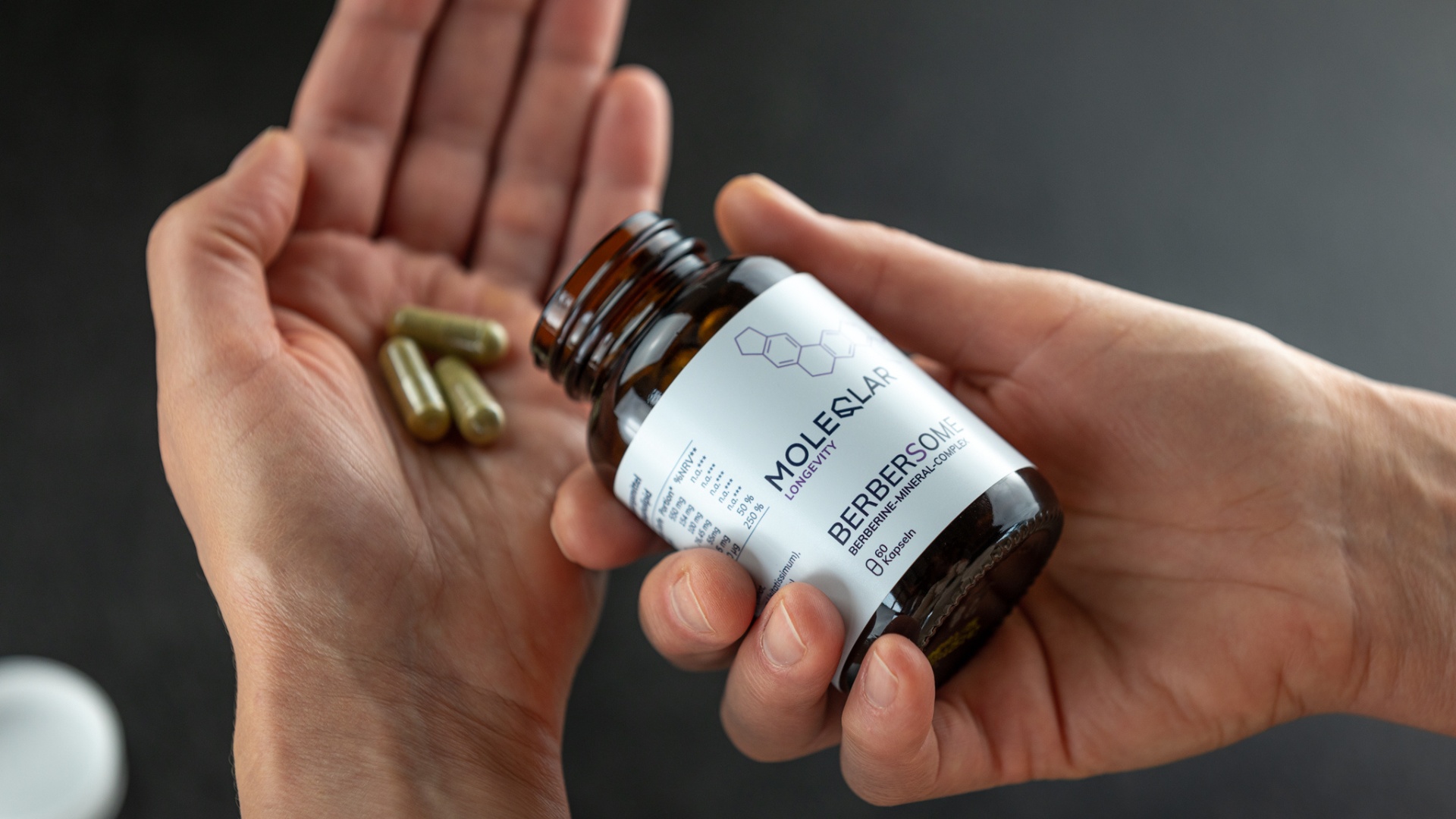
Blood glucose values - why don't we actually measure insulin?
Insulin resistance, as we have already seen, plays an important role in the development of diabetes mellitus type 2. Wouldn't it then be easier to measure insulin directly?
In principle, this is not a bad idea, but insulin does not remain in our bloodstream for very long and this makes accurate measurement difficult. The C-peptide is much better suited for this purpose. This is produced during the manufacture of insulin. In the pancreas, C-peptide and insulin are still linked. In order for insulin to work, the C-peptide must now be split off.
Doctors measure C-peptide to get clues about the type of diabetes. Type 1 diabetics produce little to no insulin, so to put it simply, their C-peptide level is also low. Type 2 diabetics are insulin resistant. Here, the pancreas actually produces more insulin, which is also reflected in a high C-peptide level.
Literature:
- https://pubmed.ncbi.nlm.nih.gov/10543671/
- https://www.science.org/doi/10.1126/science.abe9985#:~:text=The%20results%20from%20our%20study,who%20are%20overweight%20or%20obese.
- https://diabetesjournals.org/care/article/25/7/1135/21634/HOMA-Estimated-Insulin-Resistance-Is-an</
- https://register.awmf.org/assets/guidelines/nvl-001l_S3_Typ-2-Diabetes_2023-05.pdf
- https://www.ncbi.nlm.nih.gov/pmc/articles/PMC3900881/#:~:text=In%20humans%2C%20the%20brain%20accounts,tissue%20per%20minute%20%5B2%5D).
- https://www.rki.de/DE/Content/Gesundheitsmonitoring/Themen/Chronische_Erkrankungen/Diabetes/Diabetes_node.html
- https://www.sciencedirect.com/topics/neuroscience/adenosine-triphosphate#:~:text=Approximately%20100%20to%20150%20mol,its%20weight%20in%20ATP%20daily.
- https://www.spektrum.de/lexikon/neurowissenschaft/gehirnstoffwechsel/4122
Graphics:
The images were purchased under licence from Canva.
